DROPS Alpaca
An all time favorite made purely from soft alpaca
from:
2.39€
per 50 g
Content: 100% Alpaca
Yarn Group:
A (23 - 26 stitches)
/ 5 ply / sport
Weight/length: 50 g = approx 167 m
Recommended needle size: 3 mm
Knitting tension: 10 x 10 cm = 24 sts x 32 rows
Care: Hand Wash, max 30°C / Dry Flat / Feltable
Made in: Peru
Raw material origin: Alpaca from Peru
This yarn has an Oeko-Tex® certification (certificate number 16.HPE.92779), Standard 100, Class II from the Hohenstein Institute. This means that is has been tested for harmful substances and is considered safe in human-ecological terms. Class II means the yarn is suitable to come in direct contact with the skin to a large extent, such as blouses, shirts, mattresses, etc.
DROPS Alpaca is a lovely yarn spun from 3 strands of 100% superfine alpaca, with an extra twist to provide a durable surface. The alpaca fiber is untreated, which means that it is only washed and not exposed to any chemical treatment prior to the dyeing. This highlights the fiber’s natural properties, while it also provides a better shape and texture quality.
DROPS Alpaca has a large and varied range of patterns available in the DROPS collection. Garments made in this yarn are lightweight and comfortable, super soft directly on the skin, and have a nice, characteristic sheen.
Read more about our products' sustainability here
Please be aware that the colours shown may vary from screen to screen in the same way that shades may vary slightly from dye lot to dye lot.
How do I care for this yarn?

Hand Wash, max 30°C / Dry Flat
First of all, consider just airing the garment, instead of washing it. If you still desire to wash it, here are some guidelines:
- Hand wash at 30ºC - separately - with wool detergent without enzymes or optical brighteners.
- Don’t let the garment soak. Move the garment gently back and forth, do not rub or squeeze it.
- Rinse the garment until the rinse water is completely clear, making sure the water temperature stays uniform.
- Do a light centrifugation of the garment (about 800rpm), choosing a program that DOES NOT take in water at the start. Or press carefully the water out of the garment with a dry towel. The garment shouldn’t be twisted or rolled.
- To dry the garment, shape it and lay it flat - do not hang - ideally on a warm bathroom floor or on top of a drying rack in a room with good air circulation. Never dry the garment in direct sunlight.
- Don’t tumble dry.
Note: If you are washing a project made with this yarn combined with another, the general guideline is to follow the washing instructions for the most delicate of the yarns you are working with.
Thinking about felting this yarn?
See how this yarn looks before and after felting:
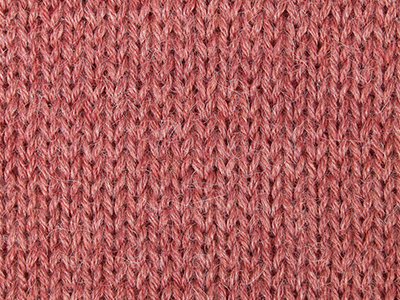
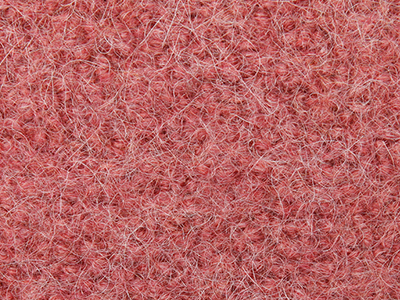
Needles: 5.50 mm
Before: 16 sts x 21 rows
After: 21 sts x 32 rows
Do you have a question about this yarn?
See a list of frequently asked questions (FAQ) about our yarns.
1) What type of fibers make the DROPS yarns?
Yarn can be made from a large number of natural and synthetic fibers. DROPS carries mainly yarns made from wool, cotton, alpaca, linen, mohair and silk. Each fiber type has its own qualities, and they are often mixed to take advantage of the best properties of each one. Coarse yarn has the advantage of being stronger and more durable, and finer fibers offer more softness and comfort. Here a bit about the main fibers we carry:
Alpaca:
Alpaca fleece is the natural fiber harvested from an alpaca, and it is similar in structure to sheep wool fiber. Its softness comes from the small diameter of the fiber, similar to merino wool. It is a soft, durable, luxurious and silky natural fiber. Yarn made from alpaca fibers does not felt or pill easily, and it can be light or heavy in weight, depending on how it is spun. While similar to sheep’s wool, it is warmer, not prickly, and has no lanolin, which makes it hypoallergenic. Alpacas come in 22 natural colors, with more than 300 shades from a true-blue black through browns-black, browns, white, silver and rose-greys.
Mohair:
This fiber comes from the Angora goats, and it's considered a luxury fiber. Mohair yarn is warm as wool, but much lighter in weight; it is durable, dyes well and does not felt easily. Mohair fibers have also a distinctive luster created by the way they reflect light. Despite being a hard fiber, mohair is usually spun into a very fluffy yarn, resulting in airy and lustrous garments.
Wool:
The wool fibers come from the skin of sheep and are relatively coarse fibers. Two striking characteristics of wool are its susceptibility to heat and its felting property, which is caused by the scales on the surface. Depending upon the breed of sheep, the appearance of the wool varies.
Wool from Merino sheep is considered the finest type of wool, having as characteristics that is finely crimped and soft. All the Merino wool in the DROPS yarns has its origins in South America, coming from sheep that have not been subject to Mulesing.
Pure new wool is wool made directly from animal fleece, and not recycled from existing wool garments.
Machine washable wool is wool treated chemically to minimize the outer fuzzy layer of the fibers, and be therefore fitable for machine wash (see Superwash).
Silk:
The silk fiber is a fine continuous fiber produced from the cocoon of a moth caterpillar known as the silkworm. While silkworm is cultivated, the wild or tussah silk is obtained from uncultivated silkworm cocoons. Silk fiber is one of the strongest natural fibers and makes a wonderful knitting yarn. It blends really well with other fibers, especially wool. Silk also dyes beautifully with natural dyes.
Vegetable fibers:
There are several varieties of vegetable fibers, found in the cell walls of plants or vegetables. Of all the varieties, two are recognized as major knitted or textile fibers. They are cotton and linen.
Cotton is the fiber surrounding the seeds in a cotton pod, and it is almost pure cellulose. Cotton is usually white in color but there are green and brown varieties as well. The cotton fiber is most often spun into yarn or thread and used to make a soft, breathable textile that is good for summer clothing and accessories, making a weaker yarn than silk or linen but stronger than wool.
Mercerized cotton is cotton that has been through a mercerization treatment. This treatment gives cotton fabrics and threads a lustrous yarn that is more lustrous than conventional cotton. It is also stronger, takes dye a little more readily, makes the yarn more resistant to mildew and reduces lint. It also may not shrink or lose its shape as much as "regular" cotton.
Linen is a fiber derived from the stalk of the flax plant that is durable and stronger than any other fiber. The linen fiber is relatively soft, straight and lustrous and becomes more beautiful with age. Linen is more comfortable to wear in hot temperatures than cotton, due to the fact that it absorbs moisture better and dries more quickly.
Other materials used in our yarns include synthetic fibers such as acrylic, viscose, polyamide (nylon) and polyester. These fibers are used mostly to give strength to a yarn (like our sock yarn, DROPS Fabel) or a special kind of structure (like our blown yarn, DROPS Air).
The polyamide fibre, commonly known as nylon, is very strong, durable, lightweight, easy to care for (can be machine washed and dried), and elastic, which makes it perfect for blending with other fibres to produce hard-wearing yarns like sock yarn.
Compared to polyester, polyamide is softer and more flexible, but it also absorbs more water and dries slower.
3) What type of information can I find on the DROPS yarn labels?
All DROPS yarn labels include information about fiber content (wool, cotton, etc.), weight in grams and ounces, length in meters and yards, washing instructions and symbols (explained here), color number, dye lot number and yarn group information.
4) What are the DROPS yarn groups?
All DROPS yarns are classified into 6 different thickness groups (A to F). Yarns in a same group have similar knitting tension/gauge, and can therefore be interchanged in patterns; however the length may be different, so when substituting always calculate the amount of meters/yards needed for the pattern to know the amount of yarn you need to get.
5) Can I use a different yarn than the one mentioned in the pattern?
Yes, as long as the yarn can be worked in the same knitting tension/gauge. Always swatch to make sure you get the same number of stitches in width and rows in height as given in the pattern.
Remember that different yarns with different textures, will give the garment different looks. The yardage/length may also be different, so when substituting always calculate the number of yards needed, in order to know the amount of yarn you need.
Read more about how to calculate the amount of an alternative yarn - and how to replace 1 thread of a yarn with 2 or more of another, here.
6) What does it mean when a yarn is “Superwash”?
A superwash wool is a special wool product that has been treated or processed in a way that allows it to be machine washable. Many people are afraid to work with wool because it is so easy to shrink (though some shrink wool on purpose) and superwash wool can allow them to work with great fibers without worry. (Read more here).
7) What does “Oeko-Tex® certified” means?
The Oeko-Tex® Standard 100 was introduced at the beginning of the 1990s as a response to the needs of the general public for textiles which posed no risk to health. The Oeko-Tex® Standard 100 is a globally uniform testing and certification system for textile raw materials, intermediate and end products at all stages of production. The test for harmful substances comprise substances which are prohibited or regulated by law, chemicals which are known to be harmful to health, and parameters which are included as a precautionary measure to safeguard health.
For more info go to www.oeko-tex.com
10) How accurate are the colours on the shade cards online?
When obtaining images for the shade card, we do our best to achieve the highest level of color accuracy. Unfortunately, we cannot guarantee how images will appear on your computer screen. Every monitor displays color differently, some colors might look darker than they really are, and some colors might be more saturated on some screens. If you experience that many of the yarn colors looks different on your screen than the actual color of the skeins, you can adjust the setting on your monitor.
11) What is a micron? What does super fine / extra fine mean?
The fineness of yarn fibers is measured in microns (thousands of millimeters). Super fine alpaca wool is 26-28 microns. Fine merino wool is less than 21.5 microns and extra fine merino is under 19.5 microns. The less microns the softer and more delicate a quality can be, the more microns the more hard wear the quality will be.
The reason why the microns in a yarn’s fibers are important is that the yarn will eventually become something else, and how delicate or coarse a yarn is will determine in part what we use it for. That’s why we recommend the softest yarns (like DROPS Baby Merino) for baby clothing, or why we choose to use a more hard wear yarn like DROPS Snow, for a seating pad or slipper.
12) Why are the colours in my skeins of print yarn different?
The reason why two skeins of a same print yarn look different can be 1) that both skeins are part of different dye lots; 2) that the skeins have been dyed using a technique called "magic print" (the one used for example in DROPS Delight), which provides unique patterns and smooth colour transitions to each skein, meaning also that within one dye lot, lighter or darker varieties might appear. This is no fault or defect, but part of the yarn's character.
13) My store doesn’t have the colour I want, what can I do?
If your DROPS store doesn’t have the yarn colour you want, try contacting a DROPS Super Store (the ones with the golden badges) - they will make sure to get a hold of the colour even if they don’t have it in stock themselves. See a list of all DROPS stores here.
14) Where can I find a specific dye lot of a colour?
Always try contacting your DROPS store first. If they do not have the dye lot you want we recommend you to ask other knitters and crocheters in the DROPS Workshop in Facebook or Ravelry, which may have the dye lot in their stash and might be willing to part from it.
Yarn sheds because there's not enough twist to hold all of the fibers together. All yarns have excess fibers (from production) that might come off as lint or shedding, in varied degrees that depend on how the yarn is spun. Brushed yarns ("hairier" yarns) like DROPS Melody, have more of these loose fibers than other yarns, and therefore shed more. Shedding also depends on what is worn under or over the garment, and whether this pulls at the yarn fibers. It’s therefore not possible to guarantee that there will be no shedding.
Below are some tips on how to get the best result when working with hairier yarns:
- When the garment is finished (before you wash it) shake it vigorously so the looser hairs come off. NOTE: do NOT use a lint roller, brush or any method that pulls at the yarn.
- Place the garment in a plastic bag and put it in your freezer - the temperature will cause the fibers to become less attached to each other, and excess fibers will come off easier. Leave in the freezer for a few hours before taking it out and shaking it again.
- Wash the garment according to the instructions on the yarn label. Garments worked with hairier yarns usually need to be shaken once dry after washing, so that the hairs rise and any excess fibers can come off.
Pilling is a natural process that happens to even the most exclusive of fibers. It's a natural sign of wear and tear that is hard to avoid, and that is most visible in high friction areas of your garment like a sweater's arms and cuffs.
You can make your garment look as new by removing the pilling, using a fabric comb or a pill/lint remover.
How can I replace this yarn?
If you are looking to replace this yarn with another DROPS yarn, you can use another yarn within the same yarn group, or try our yarn converter!
Other yarns in Yarn Group A
Read more about replacing yarn.Have a problem with the DROPS yarn you purchased?
When you purchase yarn from the shade cards or patterns on our site, you are not buying directly from DROPS but from one of the hundreds of DROPS stores around the world. It is therefore important that you take contact with the DROPS store where you bought the yarn, and that you save the labels of all the skeins you purchased (they are your warranty).
The DROPS store you contact will assist you and escalate the claim if necessary. Find a list of DROPS stores here.
Comments / Questions (501)
![]() Diane wrote:
Diane wrote:
What happened to Drops Alpaca 403 Dark Brown I really would like to buy some. Do you have another yarn that would work the same Thank you Diane
17.09.2021 - 17:34
![]() Maria Do Socorro Magalhães Koga wrote:
Maria Do Socorro Magalhães Koga wrote:
Por favor, me informe quantos novelos preciso para um sueter em tamanho M. Obrigada!
14.09.2021 - 14:47DROPS Design answered:
Bom dia, Para um tamanho M, se for um sueter simples sem ponto com rendas, 8 ou 9 novelos chegam. Bons tricôs!
24.09.2021 kl. 10:08
![]() Johanna POUMEYROL wrote:
Johanna POUMEYROL wrote:
Bonjour Comme les couleurs photographiées ne sont jamais parfaitement fidèles à la réalité, je souhaite vous demander quel serait le coloris le plus approchant de la gamme alpaca , à coupler ( tricoter ensemble) avec le fils Karisma coloris chêne clair 77 ? Je pense , vu à travers les écrans , que cela pourrait être nougat clair . Je vous remercie de votre réponse . Bien cordialement Johanna Poumeyrol
07.09.2021 - 14:30DROPS Design answered:
Bonjour Mme Poumeyrol, l'idéal est de contacter directement votre magasin qui pourra vous conseiller sur le choix des couleurs - même par mail ou téléphone. Bon tricot!
07.09.2021 kl. 16:04
![]() Blandin wrote:
Blandin wrote:
Bonjour, est-ce que vous avez des pelotes le même modèle drops 171-8? Total et le frais Cordialement Mme Blandin Michelle
06.09.2021 - 19:31DROPS Design answered:
Bonjour Mme Blandin, les couleurs utilisées dans le châle DROPS 171-8 sont toujours disponibles, elles ont juste changé de nom, mais pas de numéro. Consultez la liste des magasins DROPS proposant cette laine pour pouvoir passer votre commande. Bon tricot!
07.09.2021 kl. 09:02
![]() Rhian Brown wrote:
Rhian Brown wrote:
Which farms does your alpaca fleece come from please and how do you ensure it’s cruelty free? I couldn’t find any ethical information on your website but this is import to me when choosing yarn.
06.09.2021 - 08:20
![]() Blanca Isabel Samamé Sánchez wrote:
Blanca Isabel Samamé Sánchez wrote:
Soy de Chiclayo - Perú, como puedo comprar las lanas alpaca
02.09.2021 - 23:06DROPS Design answered:
Hola Blanca Isabel. Puedes pedir nuestros productos en las siguientes tiendas con envío internacional: https://www.garnstudio.com/findastore.php?s=w&cid=23
05.09.2021 kl. 16:04
![]() Pirgit wrote:
Pirgit wrote:
Tere! Kui palju ma peaksin ostma lõnga lapse kõrgekaelusega kampsunile suuruses 80? Ja kui palju naiste S suuruses oversized kampsuni jaoks?
02.09.2021 - 10:29DROPS Design answered:
Tere Pirgit! Vajalikud lõngakogused on antud iga mustri juures. Head kudumist!
27.12.2021 kl. 00:19
![]() Monika Steins wrote:
Monika Steins wrote:
Guten Tag. Ich habe aus dem Alpaka Garn einen Schal gewebt. Alpaka, so heißt es, kratzt nicht! Leider ist das Gegenteil der Fall. Der Schal kratzt und piekt. Was kann ich nun machen? LG Monika
30.08.2021 - 08:03DROPS Design answered:
Liebe Frau Steins, our Alpaca ist seh weich, aber je nach Empfindlichkeit kann unsere DROPS Baby Merino am besten passen. Viel Spaß beim stricken!
30.08.2021 kl. 10:29
![]() Jeni Harris wrote:
Jeni Harris wrote:
I can’t find any Uk stores retailing the 100% Alpaca yarn at £2.88. Knitted home does not sell at the promotional price, nor do any of the others. I’ve kept checking prices throughout August. I’m so disappointed.
30.08.2021 - 01:29
![]() Lene Myhre wrote:
Lene Myhre wrote:
Hei, Strikker barnegenser i Drops Alpacha, Colour 7139 (sjøgrønt). Finnes ikke dette lenger? Har dere noe alternativt? På forhånd takk for hjelpen:) Mvh Lene Myhre
26.08.2021 - 13:53DROPS Design answered:
Hei Lene. Jo, farge 7139 sjøgrønt har vi på lager. Kontakt med din butikk og be de bestille den fra hovedlagret, så får du fargen. mvh DROPS design
27.08.2021 kl. 07:42
![]() Christina wrote:
Christina wrote:
Kommer der en varm gul og en mere grøn i farvepaletten? Lækkert garn, især når man som jeg har uldallergi, men mangler lidt nogle af farverne der oftest er i fåreulds garnerne. Det er jo ikke sikkert de kommer, men jeg håber.
26.08.2021 - 09:13DROPS Design answered:
Hei Christina. Takk for ditt innspill. Pr dags dato har vi ingen av disse fargene i ny-bestilling, men dine ønsker er oversendt til de som tar inn nye farger. mvh DROPS design
27.08.2021 kl. 07:17
![]() Constanze wrote:
Constanze wrote:
Hallo liebes Drops-Team, vielen Dank für die Antwort, wir sprechen jedoch von verschiedenen Bildern. Ich meine das erste in der Bilderreihe, wo vorne das helle Knäuel lehnt.
25.08.2021 - 22:53DROPS Design answered:
Liebe Constanze, Entschuldigung für das Misverständnis - auf diesem Bild sieht man Farben 2020-9026-9024-302-618-607. Viel Spaß beim stricken!
26.08.2021 kl. 09:56
![]() Constanze wrote:
Constanze wrote:
Hallo liebes Drops-Team, ich benötige bei der Farbwahl Hilfe. Neben der Beschreibung der Alpaca-Wolle sind kleine Bilder, auf denen mehrere Wollknäuel dekoriert sind. Unter anderem ist da ein Bild mit Rottönen, davor lehnt ein helleres Knäuel. Ich würde gerne wissen, welche Farbe das ist. Ich bedanke mich für die Hilfe. Viele Grüße Constanze Weinert-Pieper
22.08.2021 - 14:11DROPS Design answered:
Liebe Constanze, auf diesem Bild sieht man Farben 2923, 2925 und 9025 (oben) und 9026 (oben). Viel Spaß beim stricken!
24.08.2021 kl. 08:41
![]() Lola wrote:
Lola wrote:
Goedenavond, Ik zou graag willen weten waar deze alpaca's vandaan komen? Komen ze van een boerderij? Hoe worden ze behandeld? Zijn de kleurstoffen natuurlijk? Alvast bedankt, Lola.
21.08.2021 - 20:18DROPS Design answered:
Dag Lola,
DROPS werkt samen met de grootste en serieuze producenten die diervriendelijkheid uiterst serieus nemen en de EU-regelgeving en wetten volgen.
13.02.2022 kl. 10:33
![]() FABIENNE ALLENET wrote:
FABIENNE ALLENET wrote:
Bonjour ,il s'agit de la facture no080227"nepal3620 rouge",il me faudrait une grosseur de fil pour des aiguilles no 4,comment peut-faire pour changer les pelotes. Merci pour la réponse.
19.08.2021 - 17:41DROPS Design answered:
Bonjour Mme Allenet, merci de bien vouloir contacter le magasin où vous avez passé votre commande, eux seuls pourront vous aider. Bon tricot!
20.08.2021 kl. 07:29
![]() Leni wrote:
Leni wrote:
Liebes Drops-Team, ich möchte eine Windelüberhose aus Wolle stricken (für Stoffwindeln). Dafür ist es sehr wichtig, dass das Garn mit Lanolin gefettet werden kann (superwash geht z.B. nicht). Geht das mit 100% Alpakkagarn oder nimmt dieses das Lanolin gar nicht an? Vielen Dank im Voraus!
09.08.2021 - 16:11DROPS Design answered:
Liebe Leni, leider können wir diese Frage nicht beanworten, denn wir damit keine Erfahrung haben; wenden Sie sich bitte an Ihrem DROPS Laden, dort kann man Ihnen vielleicht weiterhelfen, oder/und am besten einen Versuch damit machen. Viel Spaß beim stricken!
10.08.2021 kl. 15:17
![]() Lisa Visser wrote:
Lisa Visser wrote:
Wat zij de kleurnummer van het garen van de laatste foto. 3 bollen, bruin, groen/ geel en geel..? Laatste foto boven aan op website.
06.08.2021 - 11:45DROPS Design answered:
Dag Lisa,
Als ik het goed heb zijn dit goldenrod 2923, orange 2915, blush 9026 en light maroon 5565.
23.10.2021 kl. 17:50
![]() Melinda Elen wrote:
Melinda Elen wrote:
Hallo, ik wil graag de Carci V-neck van Anne Ventzel breien in 1 draad Drops Alpaca (0302) en 1 draad Brushed Alpaca Silk (4). Met nld. nr. 5,5 is mijn stekenverhouding 20 st. In het originele patroon wordt 1 draad Saga Filcolana (200 g) + 2 draden Tilia Filcolana (telkens 150 g) gebruikt en de stekenverhouding is 20 st met breinld. nr. 5. Kan je mij zeggen hoeveel bollen ik van zowel de Alpaca als de Alpaca Silk moet bestellen? Hartelijk dank voor de hulp.
02.08.2021 - 14:07
![]() Julie Iserhorst wrote:
Julie Iserhorst wrote:
Hej, Har i drops unicolour Farve 2923 dyelot 468563? På forhånd tak :)
29.07.2021 - 08:27DROPS Design answered:
Hei Julie. Vi sender kun garn til butikker, kilovis. Hør med din butikk om de har denne fargen/partinr. Eller du kan bruke sosiale medier, feks DROPS Workshop, og gjøre en etterlysning. Mange brukere som hjelper hverandre med etterlysning av garn og partinr. mvh DROPS design
09.08.2021 kl. 10:45
![]() Jacques Conradie wrote:
Jacques Conradie wrote:
What breed of The Alpaca is used for this yarn as I need to inform my clients that buy my knitted products.
27.06.2021 - 14:33
![]() Joke Van Der Woude wrote:
Joke Van Der Woude wrote:
Zijn er ook stalen kaarten te krijgen?
22.06.2021 - 13:44DROPS Design answered:
Dag Joke,
Nee, helaas hebben we geen stalenkaarten.
05.07.2021 kl. 12:54
![]() Maria Inez Stedile wrote:
Maria Inez Stedile wrote:
Moro no Brasil. Onde posso adquirir esse produto.?
04.06.2021 - 19:46DROPS Design answered:
Bom dia, Pode adquirir nossos produtos numa de nossas lojas DROPS que fazem envios para o Brasil. Encontra no link abaixo a lista de nossas lojas: https://www.garnstudio.com/findastore.php?id=28&cid=28
23.06.2021 kl. 10:41
![]() Monica wrote:
Monica wrote:
Salve, è possibile acquistare un campionario dei colori (o altre soluzioni) relativi ai vostri filati, in particolare Alpaca? Mi sarebbe utile per creare l'abbinamento nelle lavorazioni Fair Isle Grazie
28.05.2021 - 10:23DROPS Design answered:
Buonasera Monica, purtroppo non sono disponibili dei campionari, ma può rivolgersi al suo rivenditore DROPS di fiducia che le farà vedere tutti gli abbinamenti di colore più indicati tra cui poter scegliere. Buon lavoro!
29.05.2021 kl. 14:47
![]() Ton Sengers wrote:
Ton Sengers wrote:
Is Drops Alpaca 7300 110/5 appelgroen en Drops Kid Silk 18 appelgroen. nog leverbaar
24.05.2021 - 12:27DROPS Design answered:
Dag Ton,
Voor vragen over het op voorraad zijn kleurnummers en verfbaden kun je het beste terecht bij je verkooppunt. Zij kunnen je wellicht verder helpen om het juiste kleurbad/garen te vinden.
26.05.2021 kl. 14:51






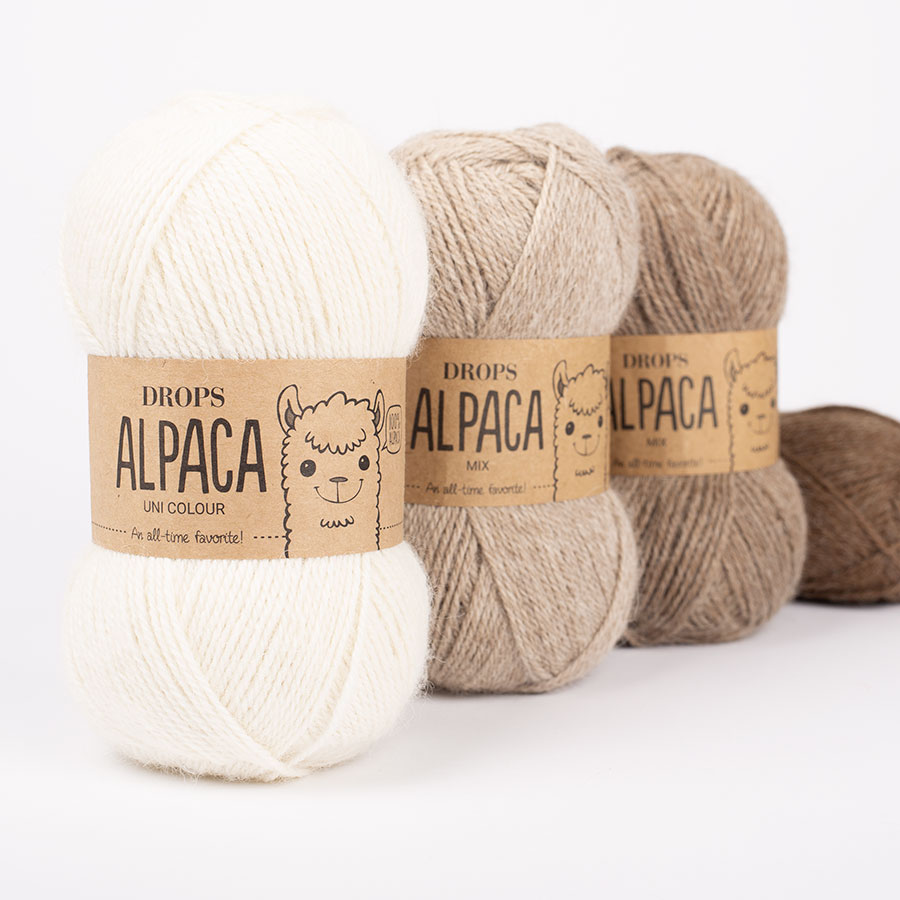
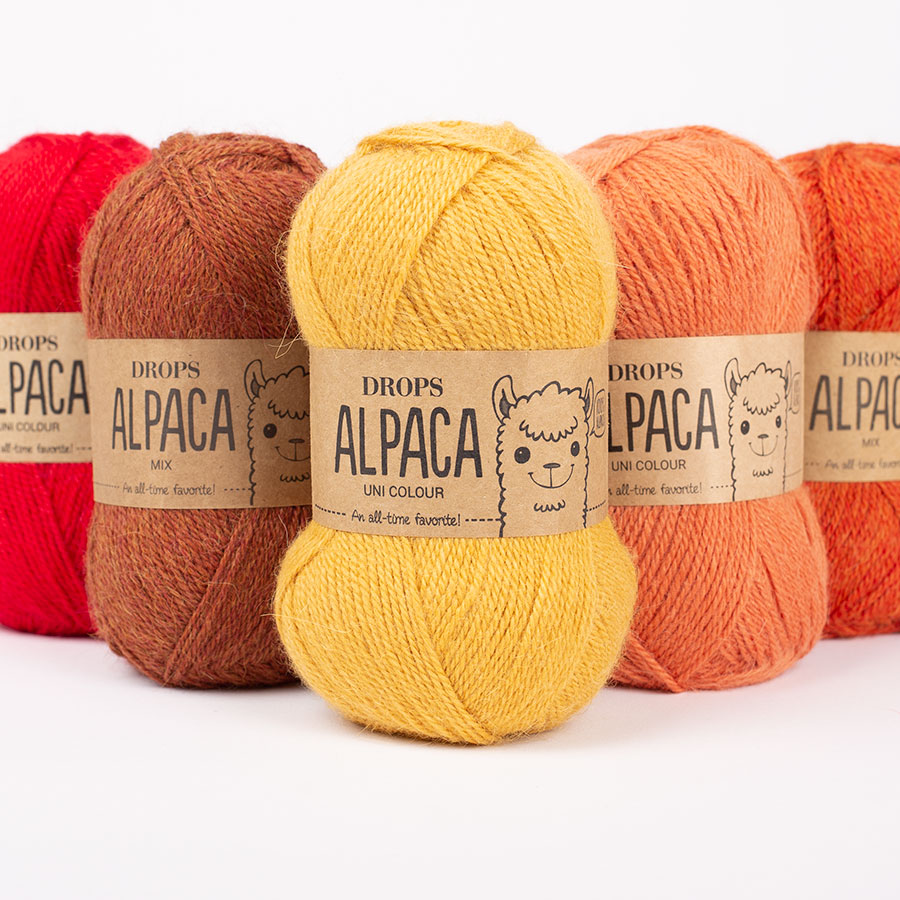
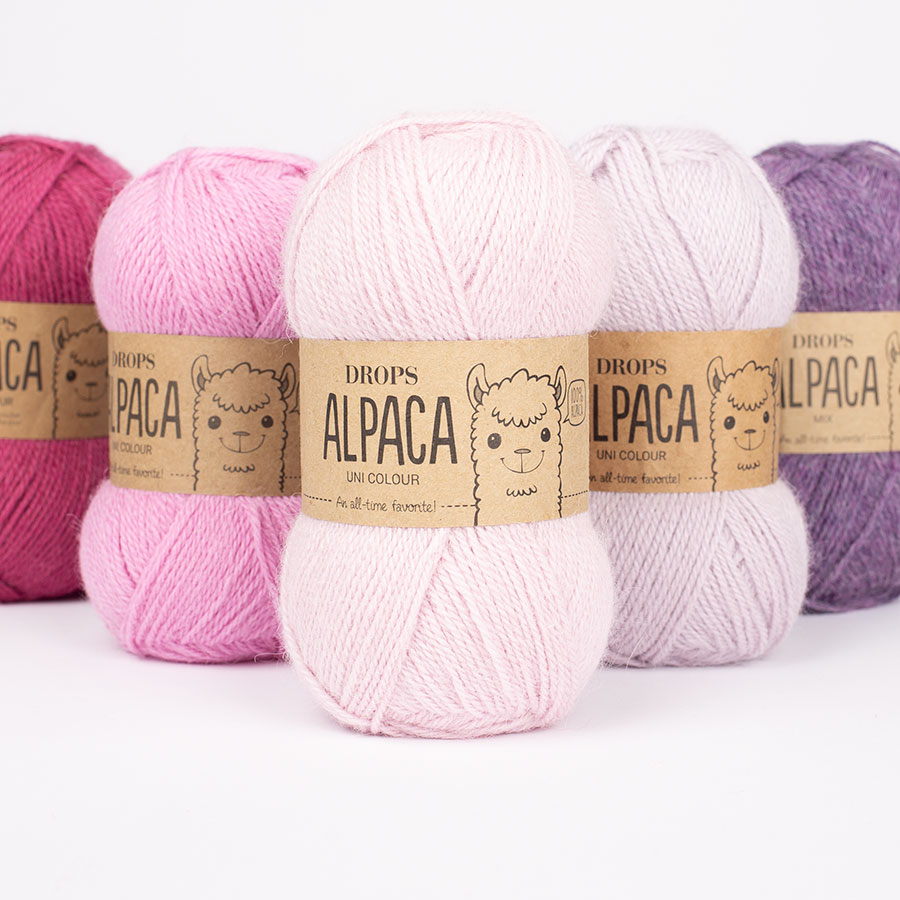
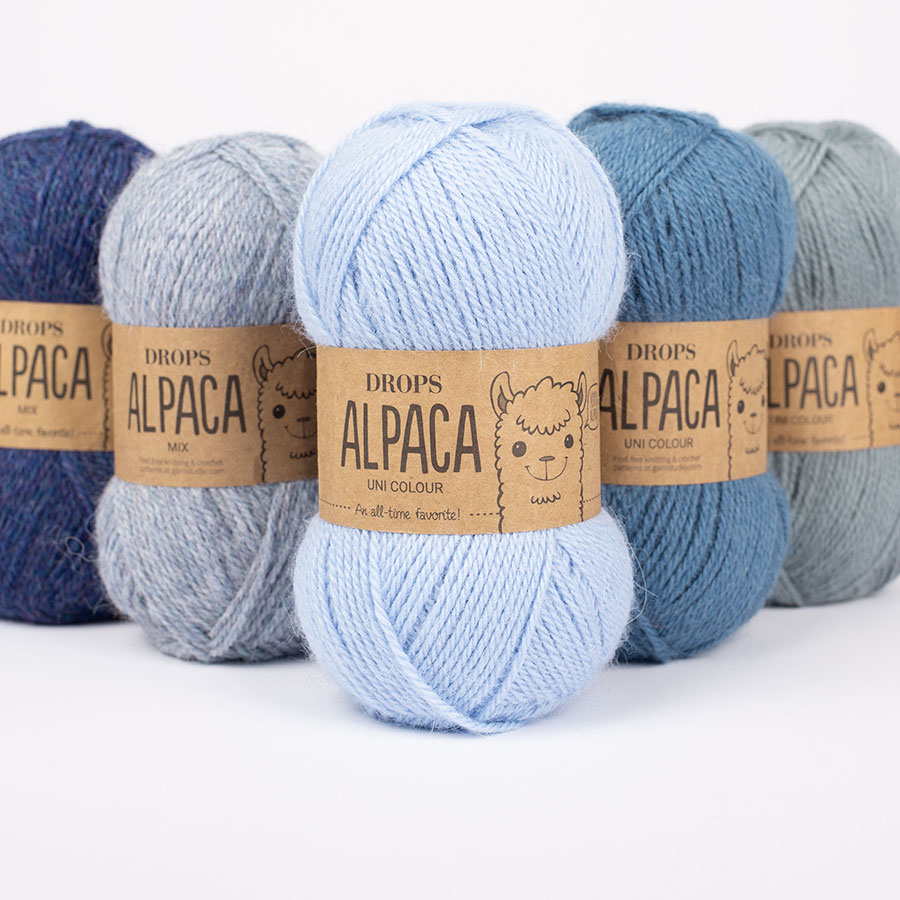

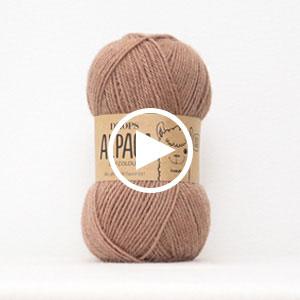

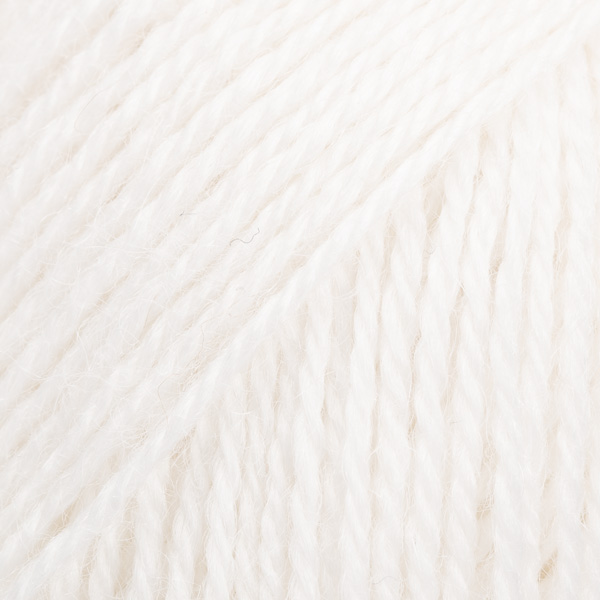






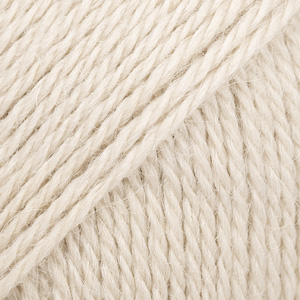
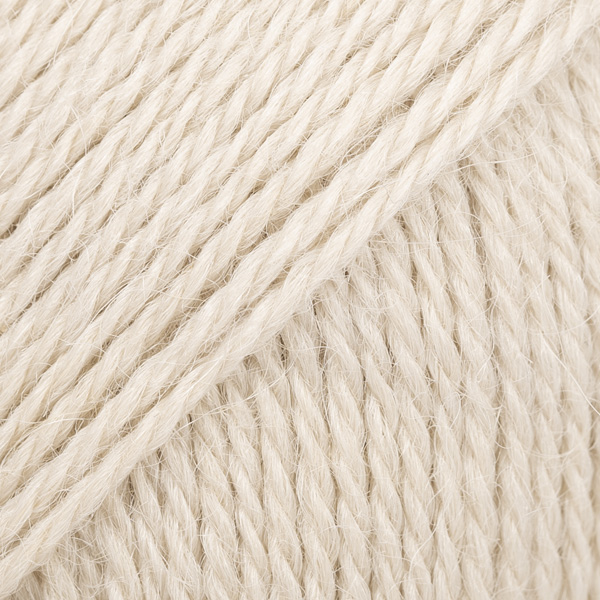
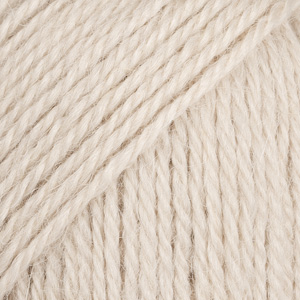
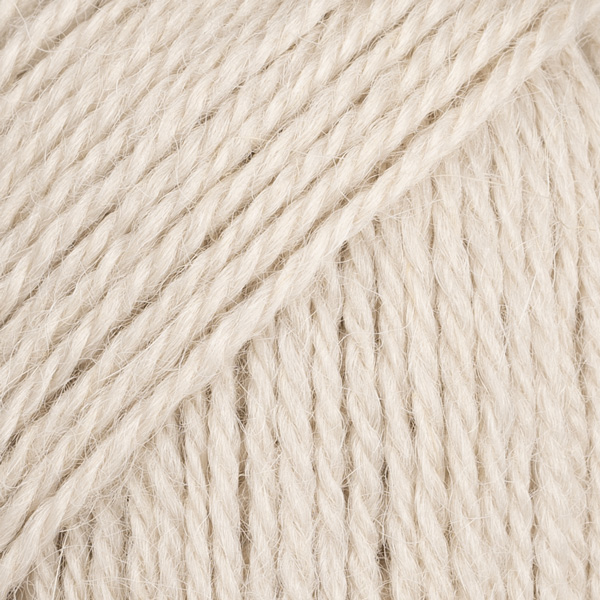


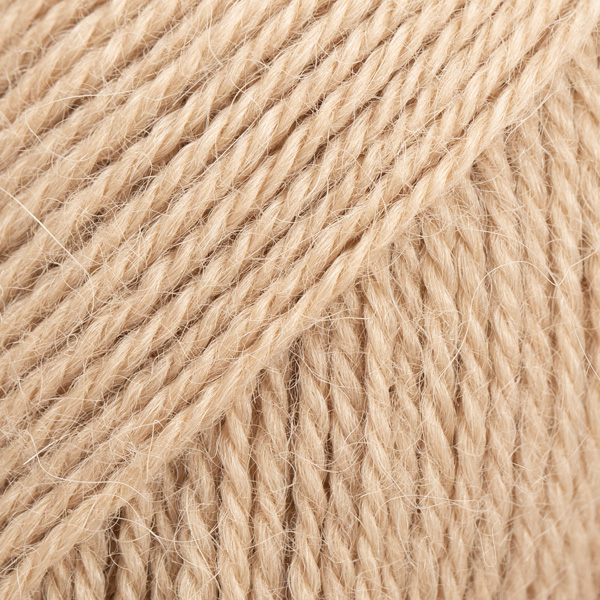
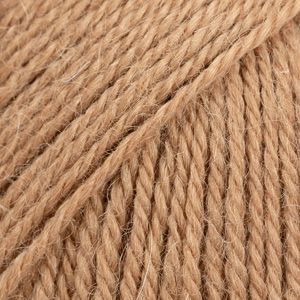
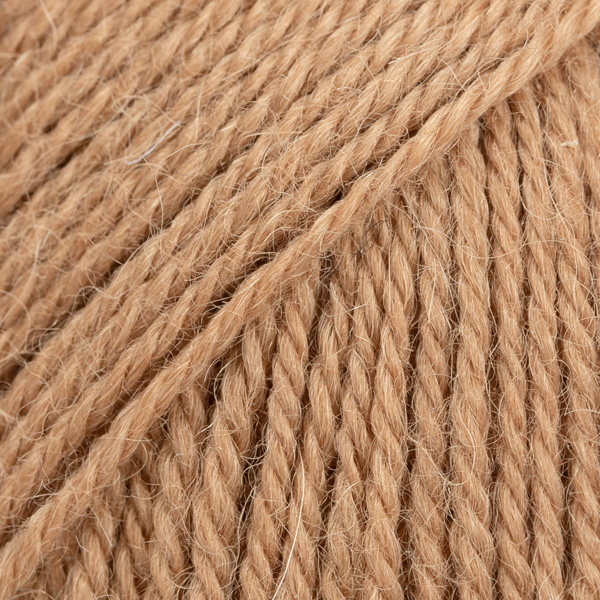
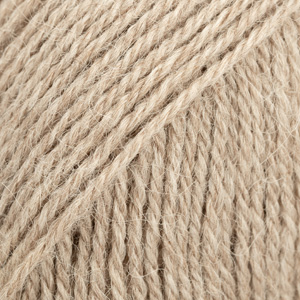
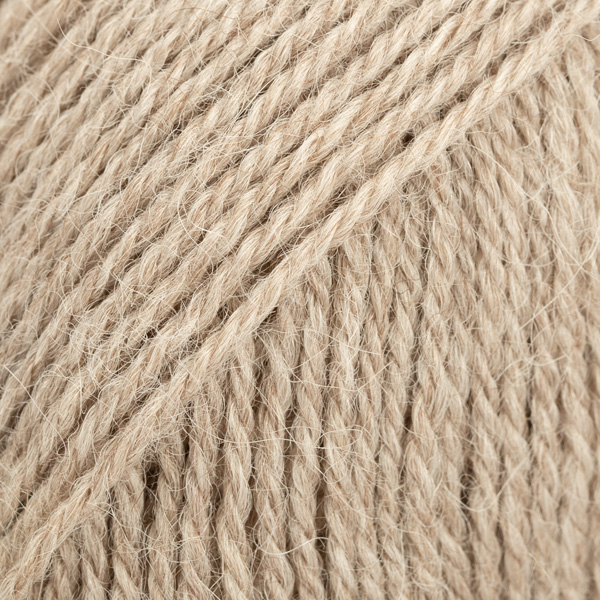








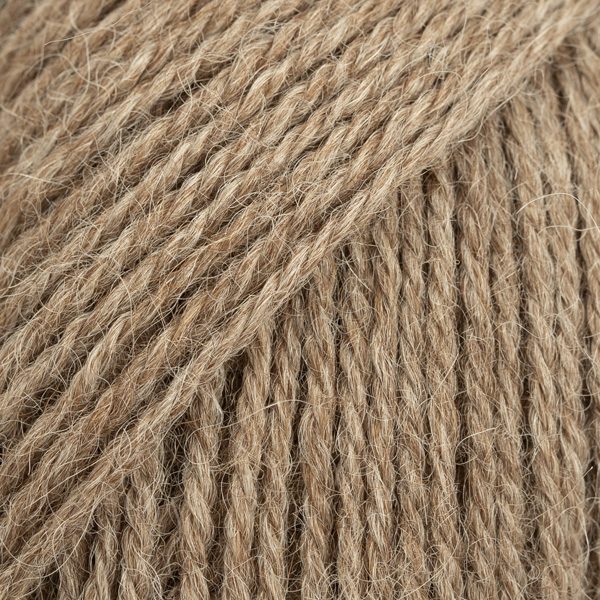
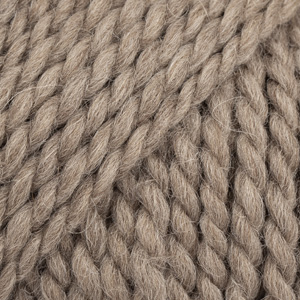

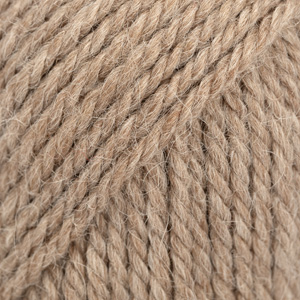


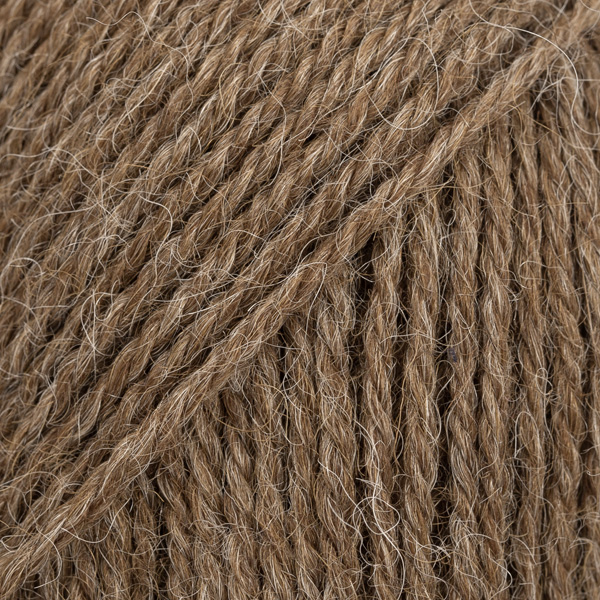
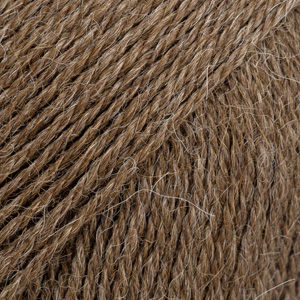
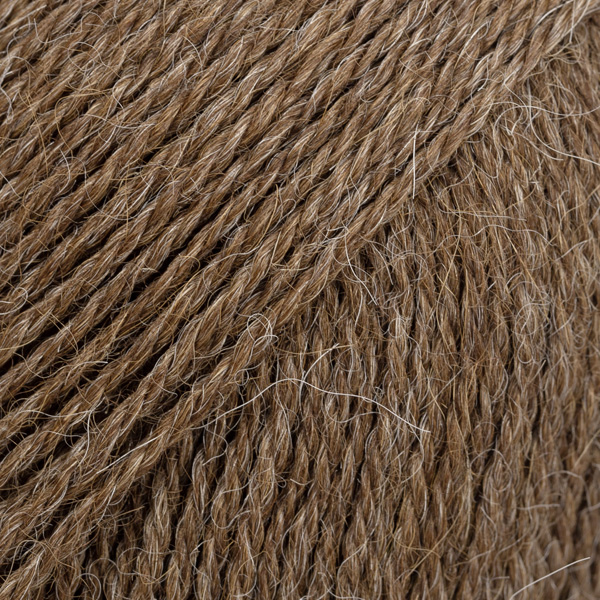
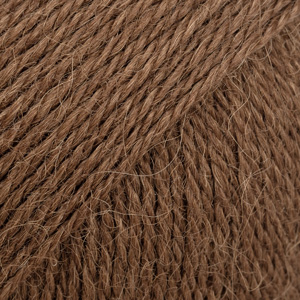
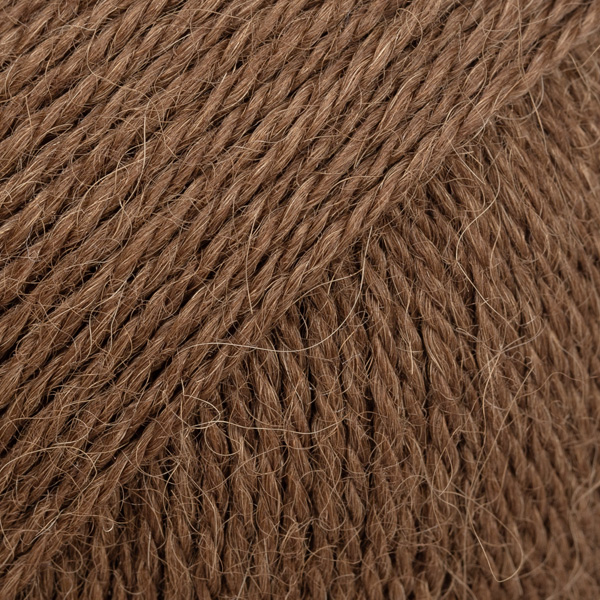


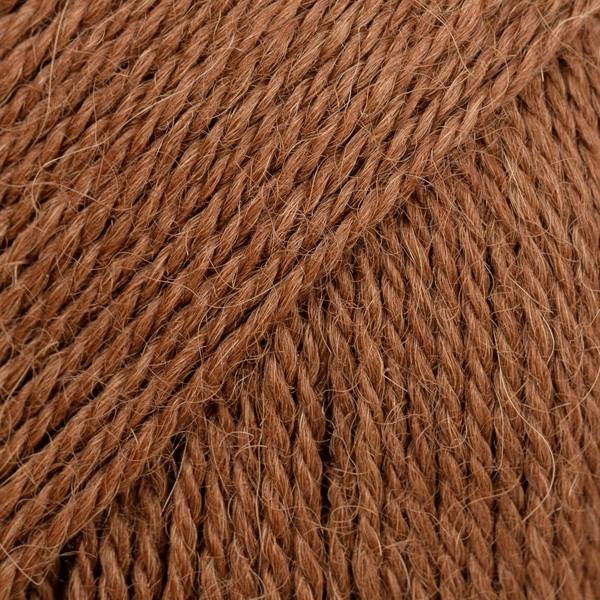
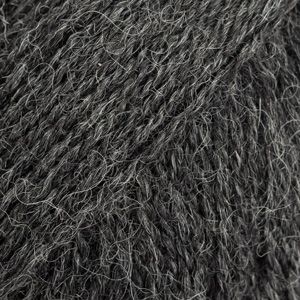
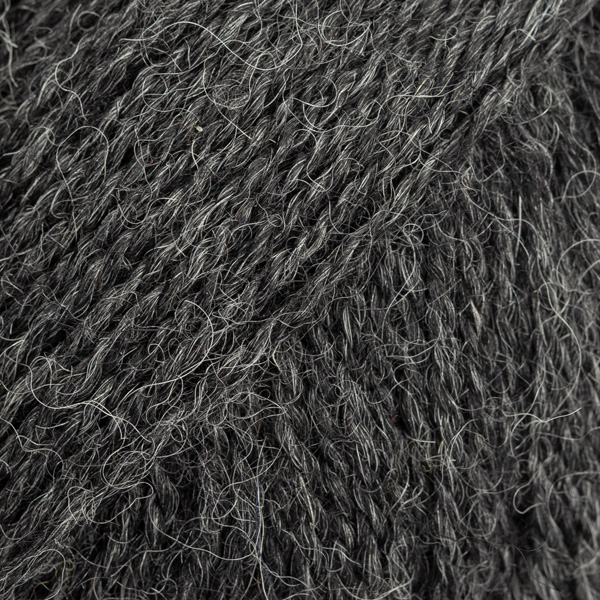






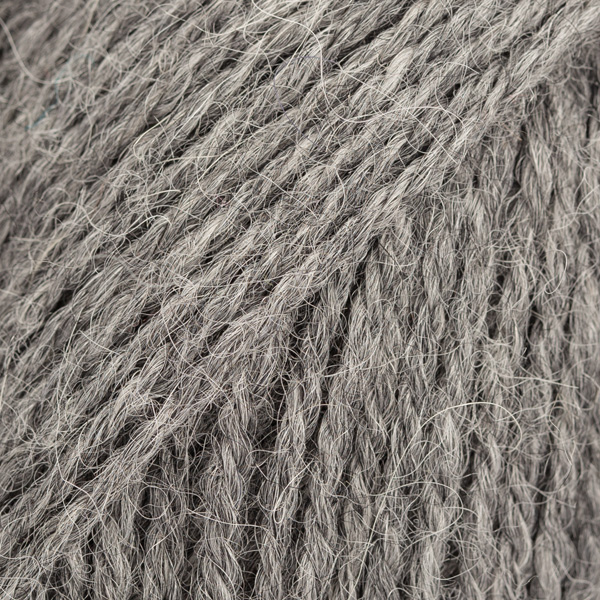
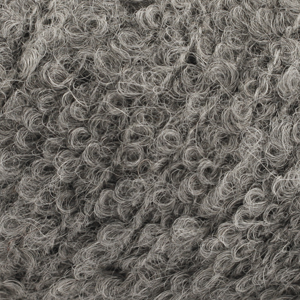






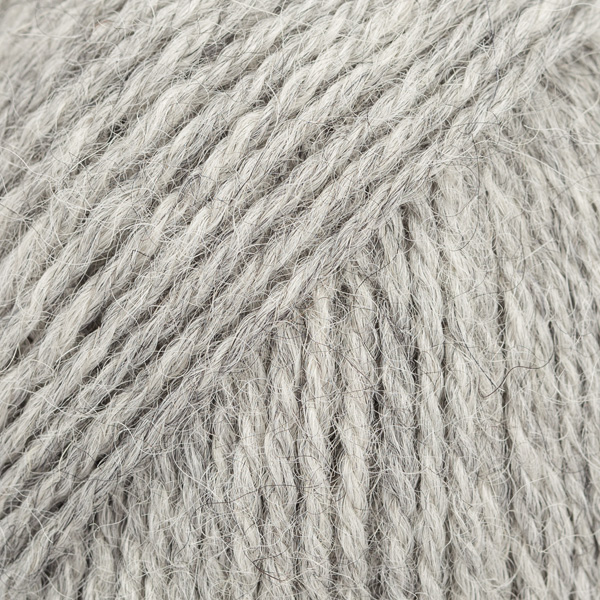


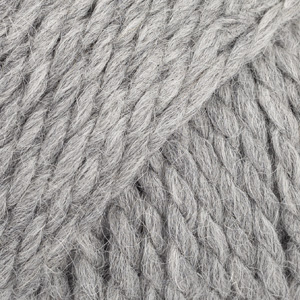

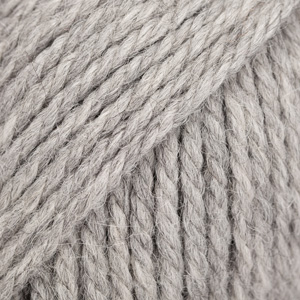

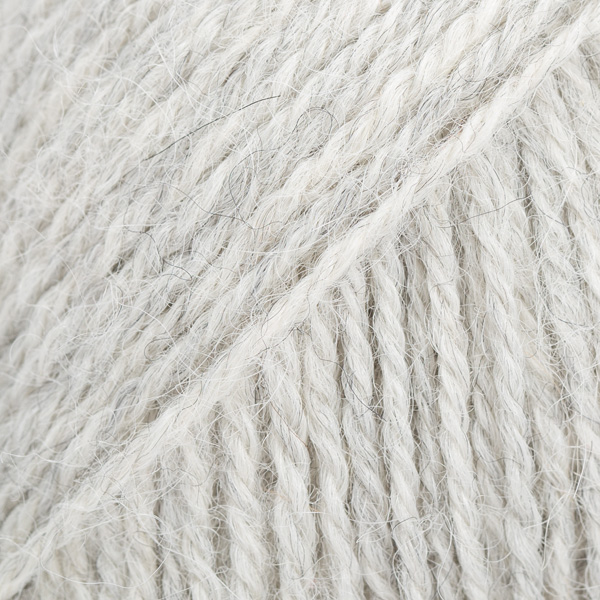

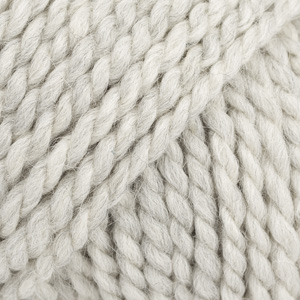








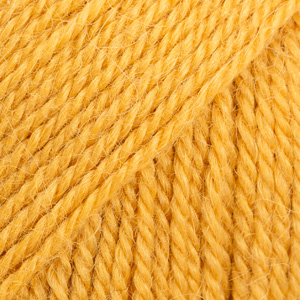
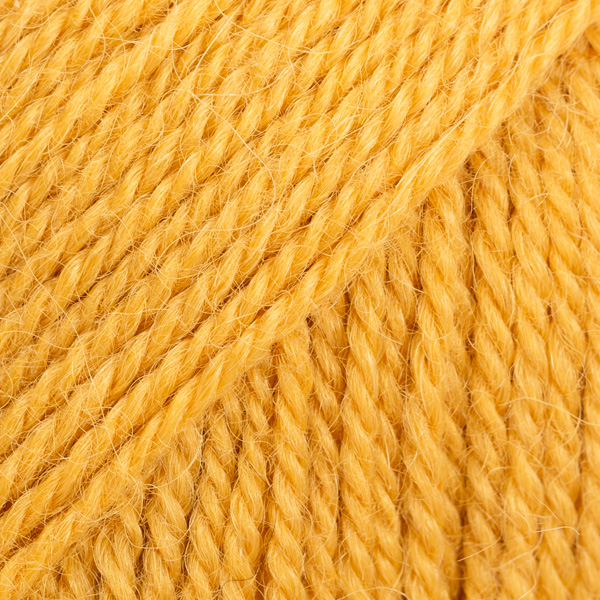


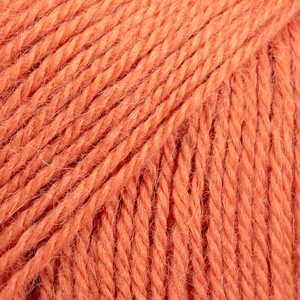
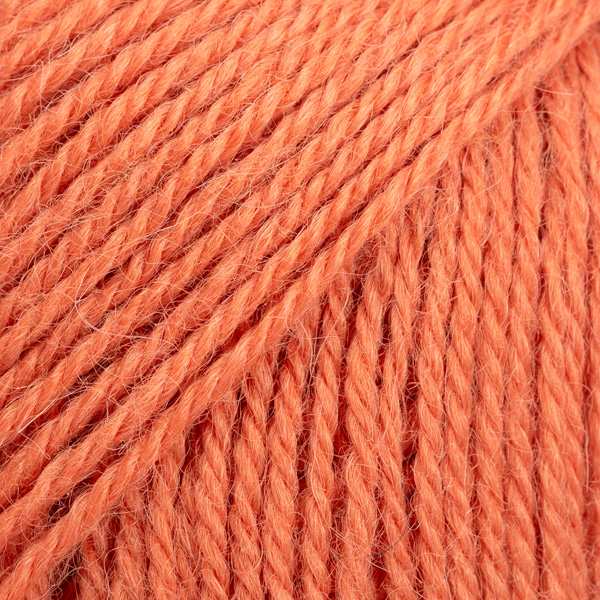
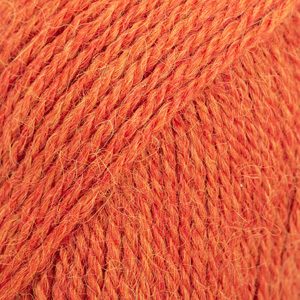
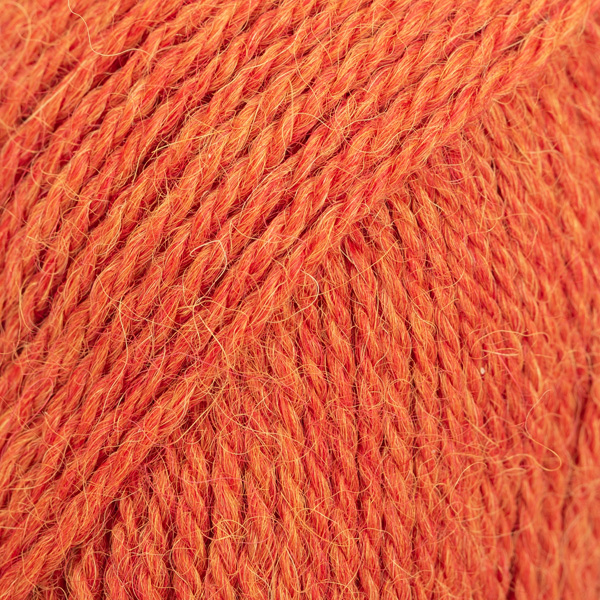
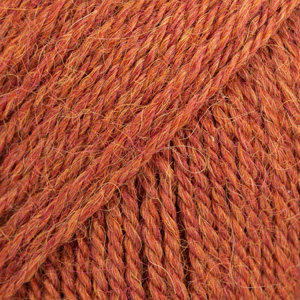
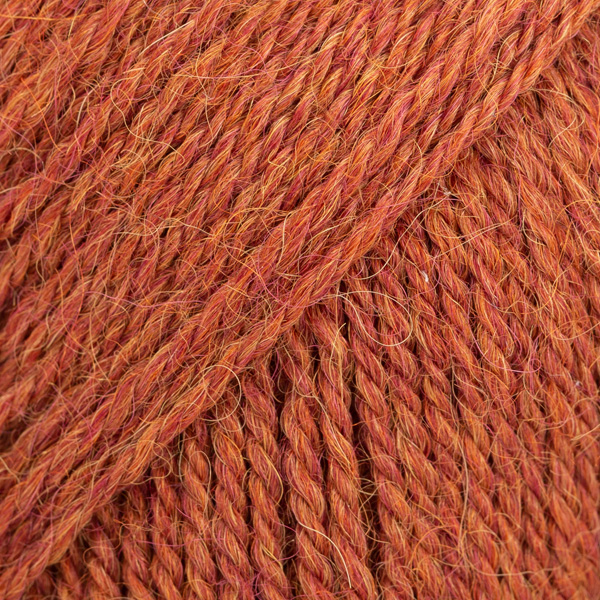
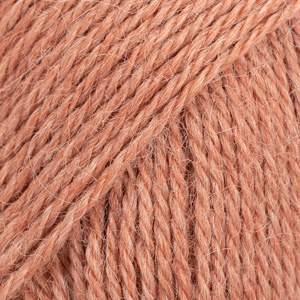
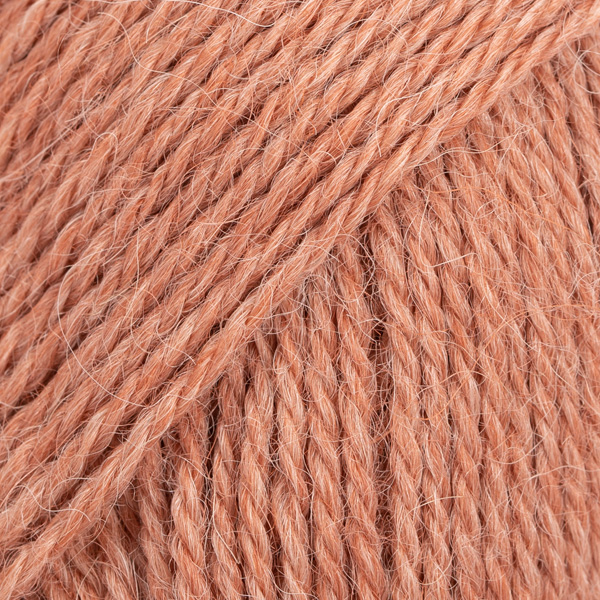
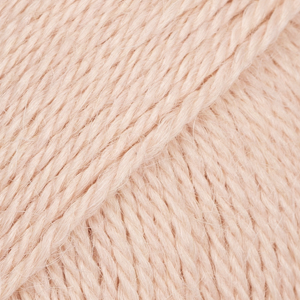
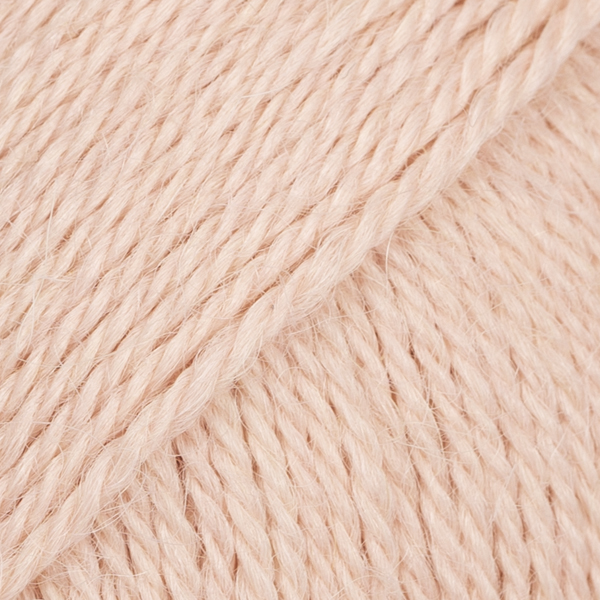

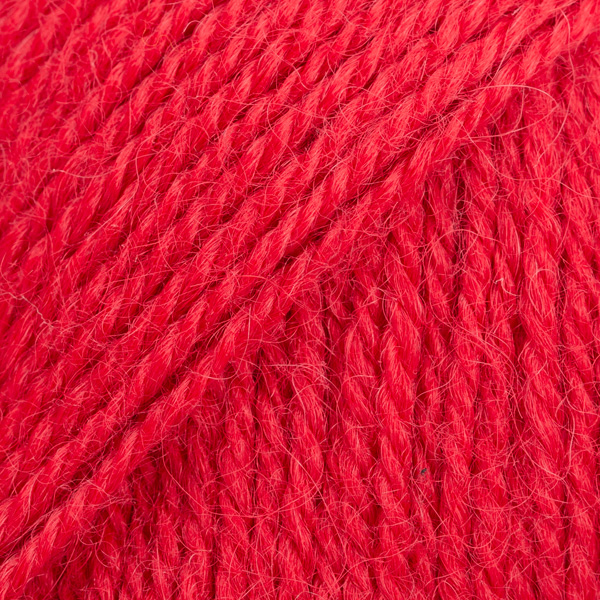







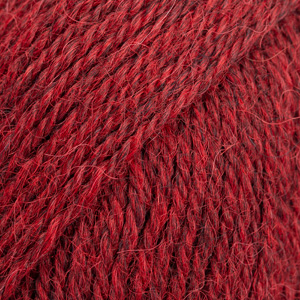
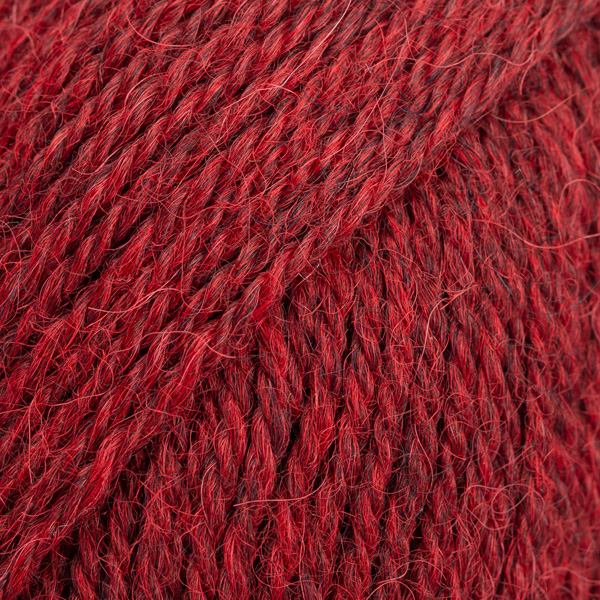

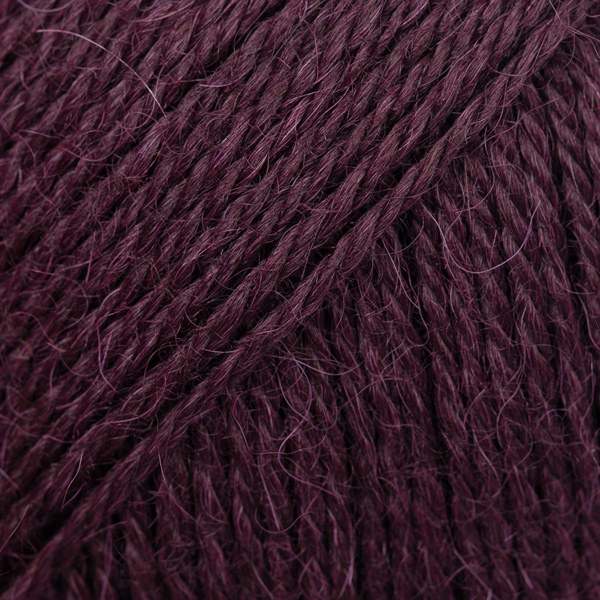


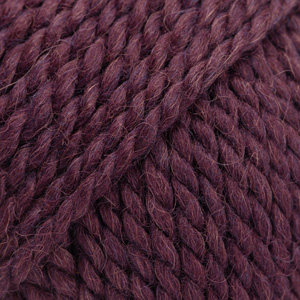



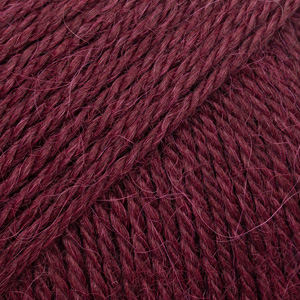
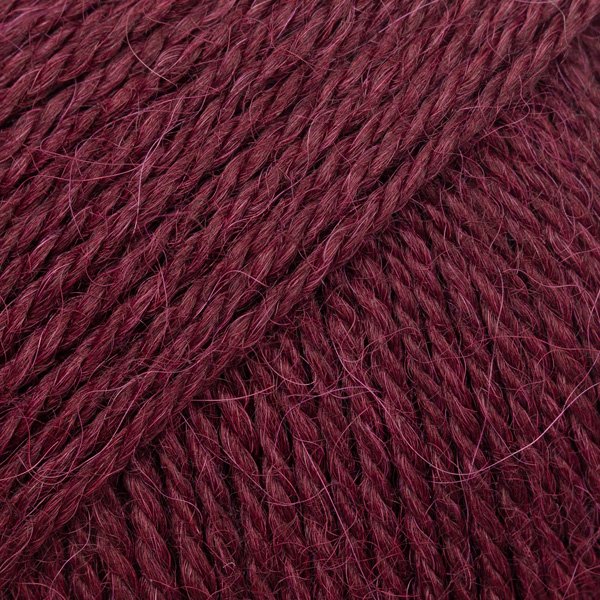
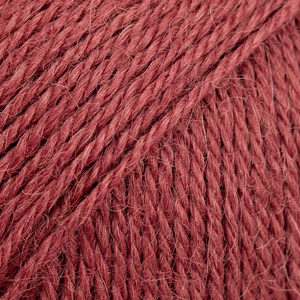
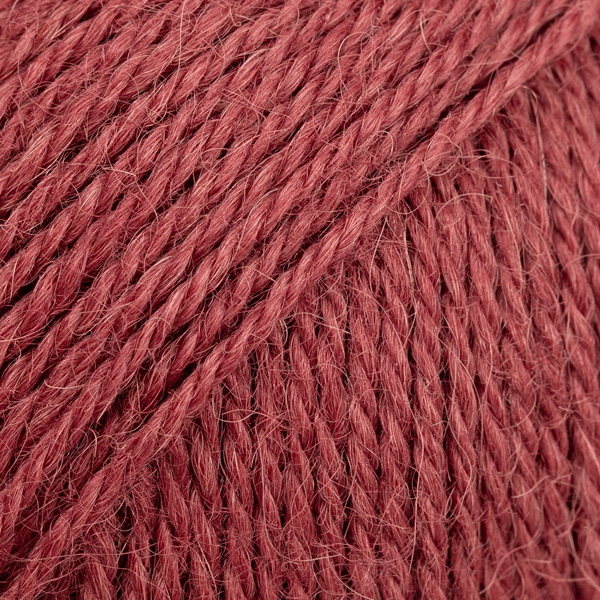

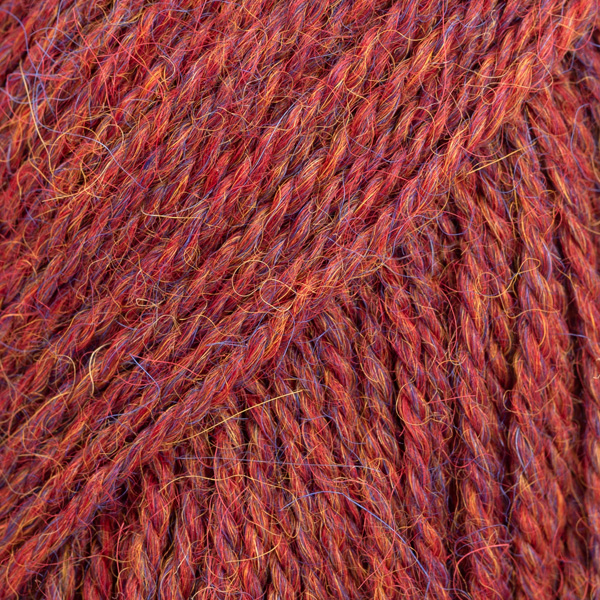
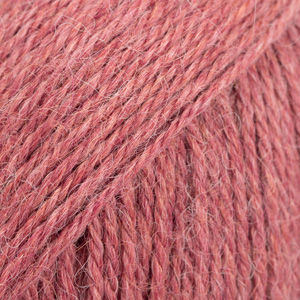
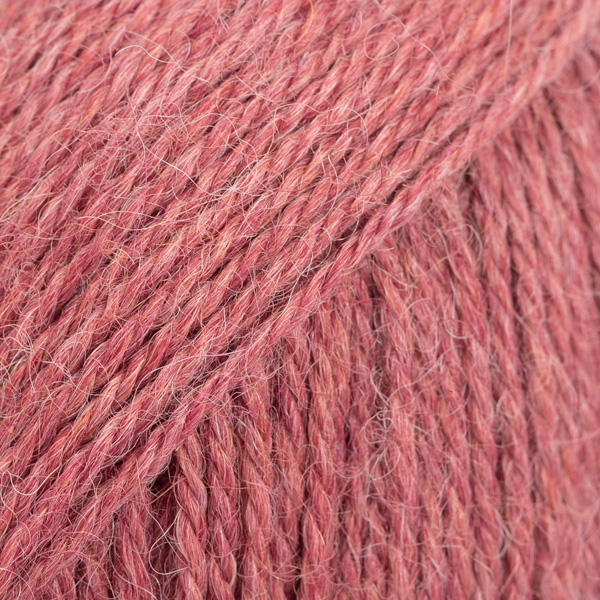



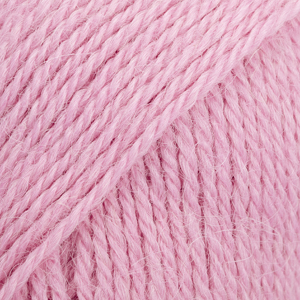
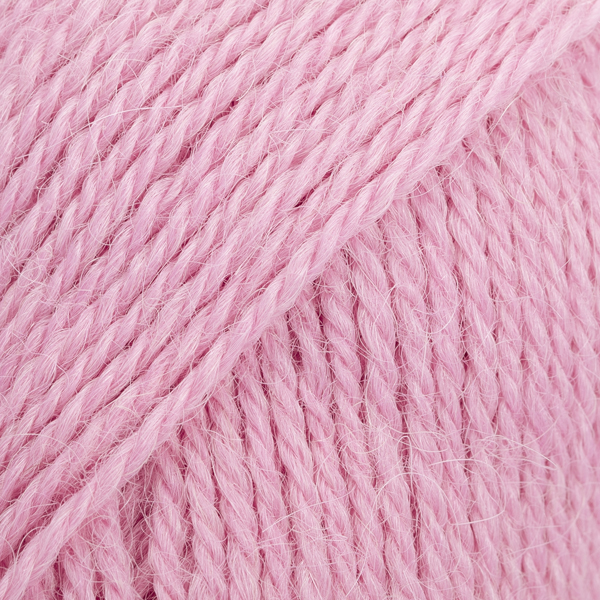


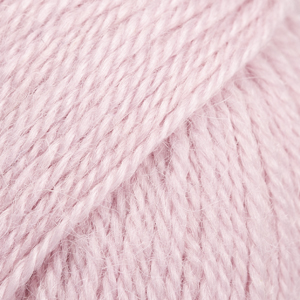
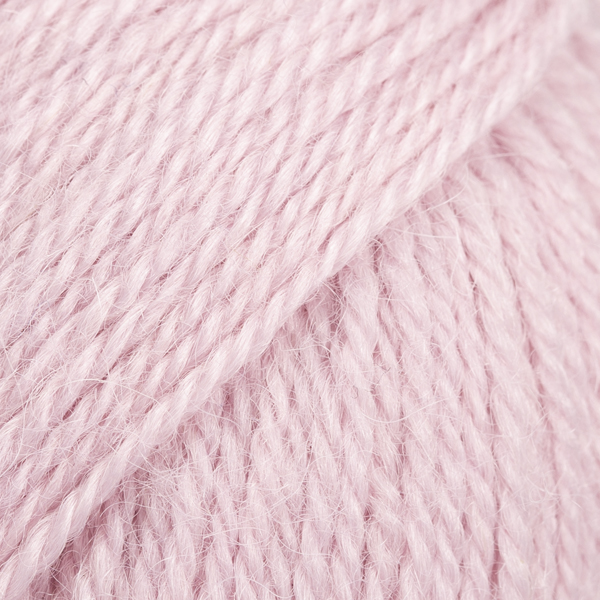







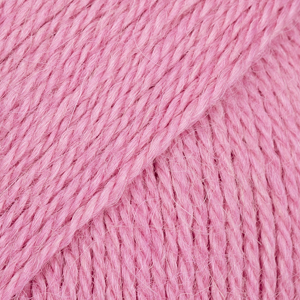




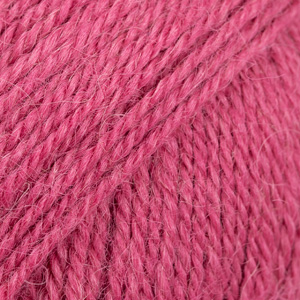
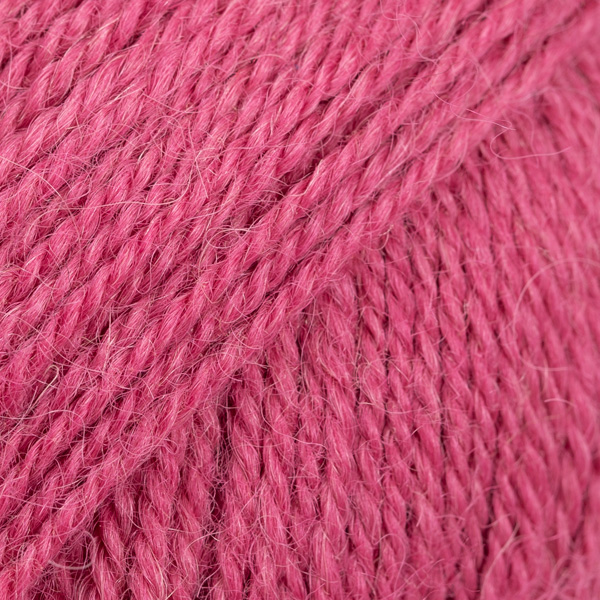


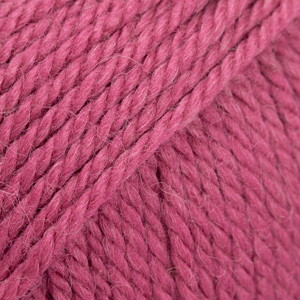
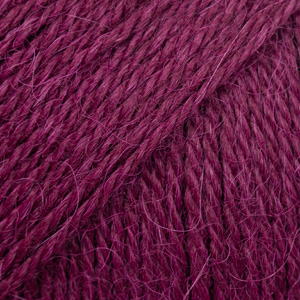
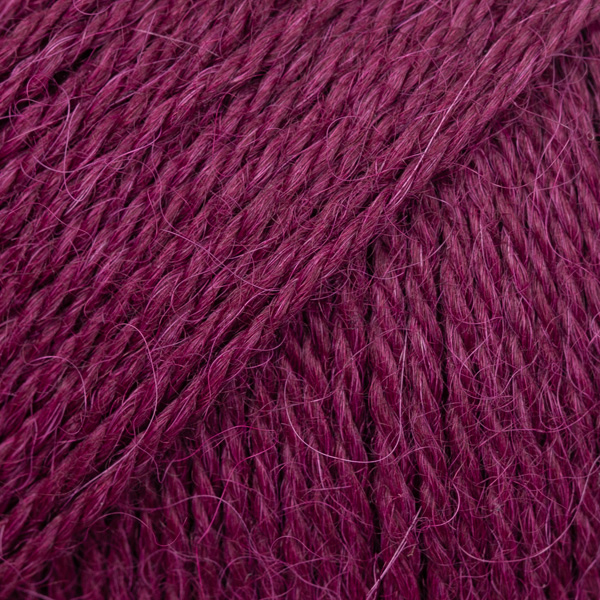

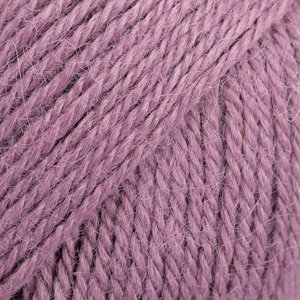
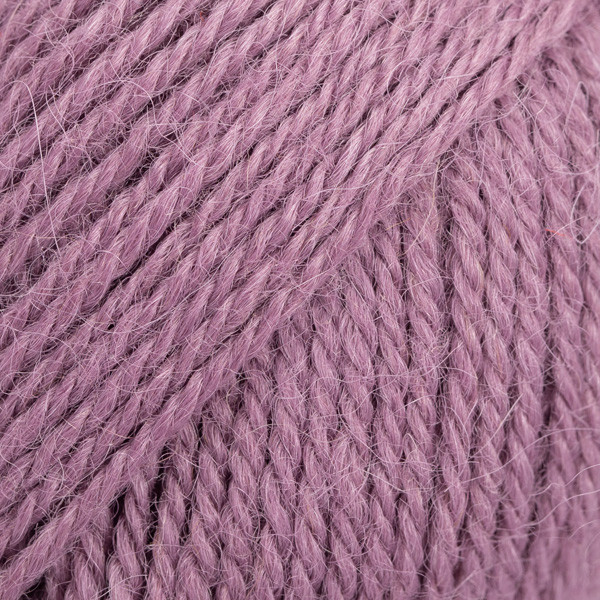


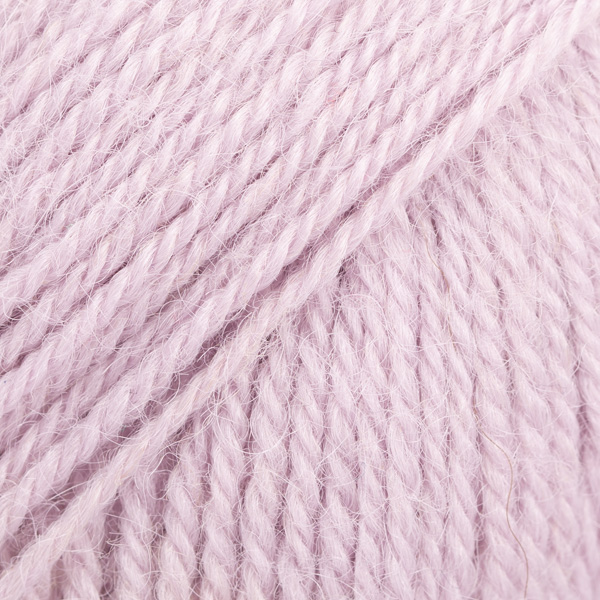

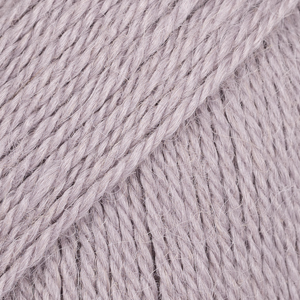
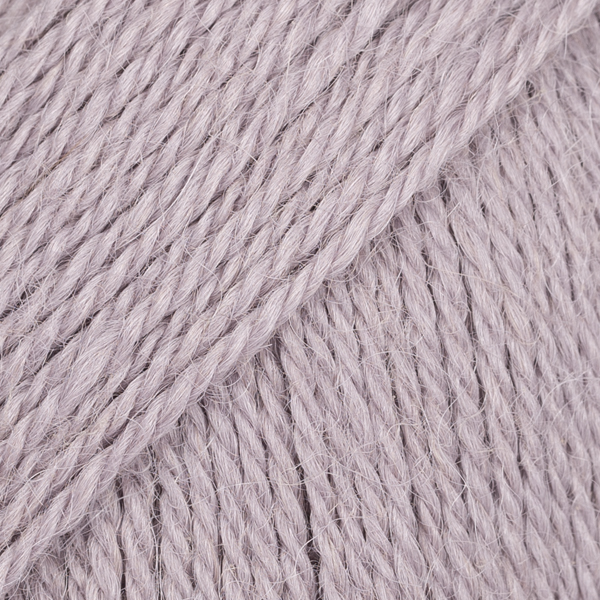



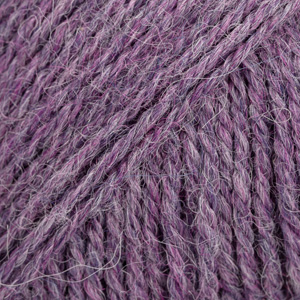
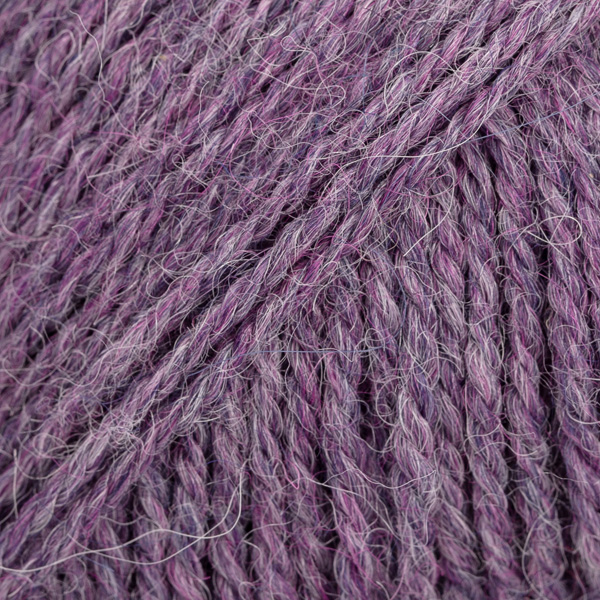



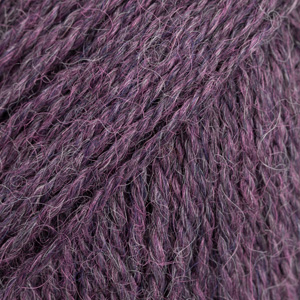
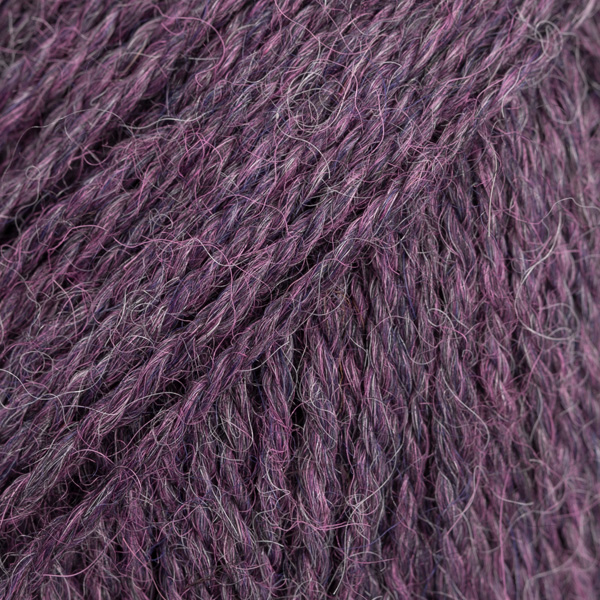
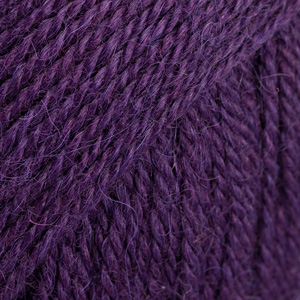
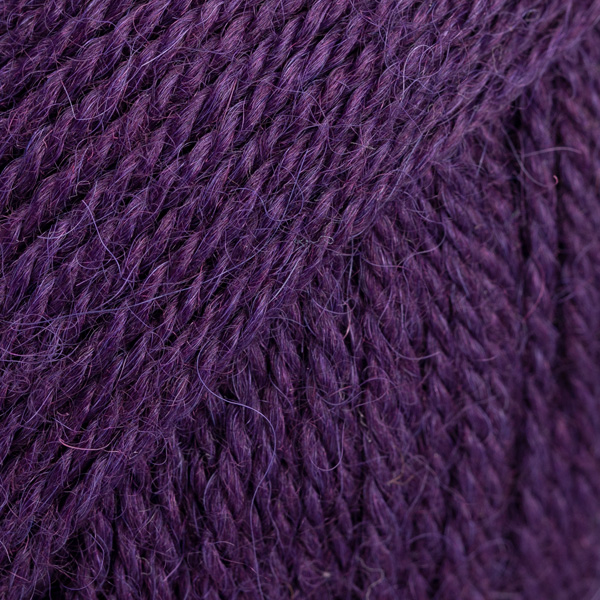



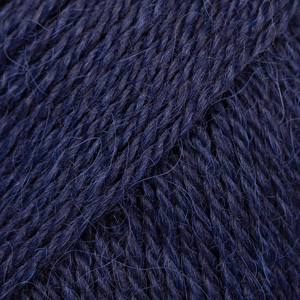
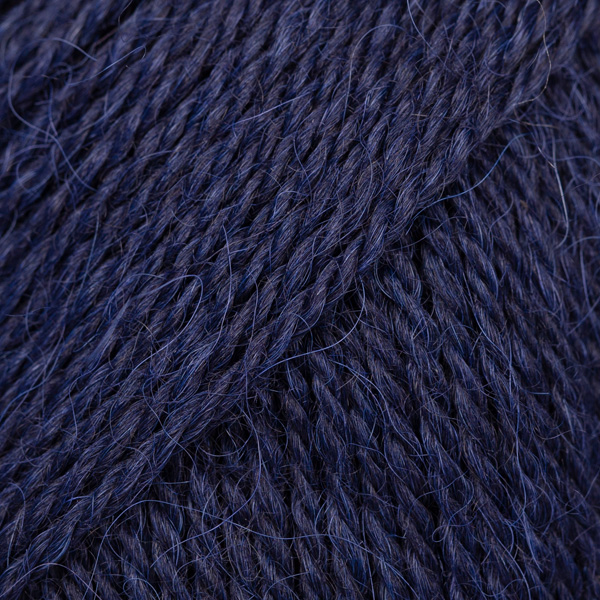
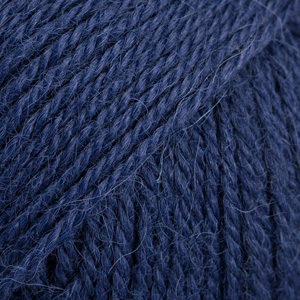
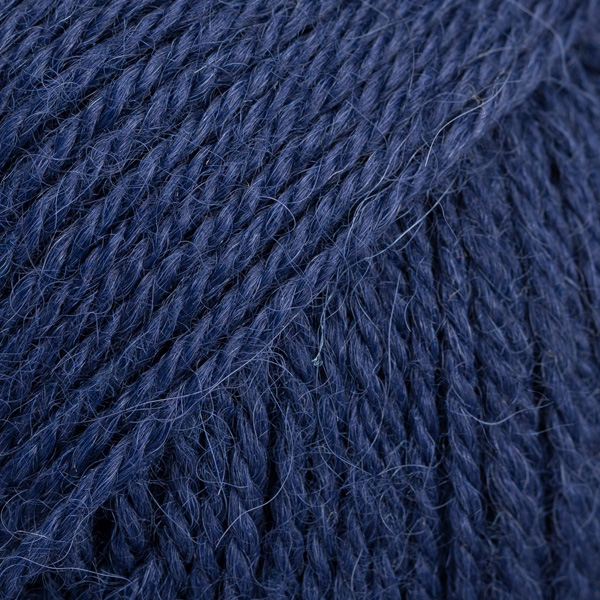




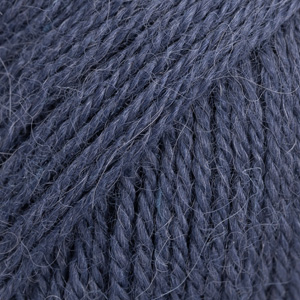




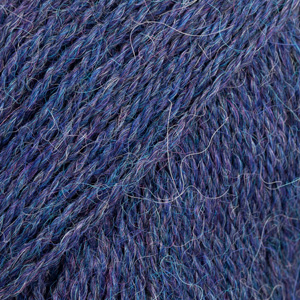
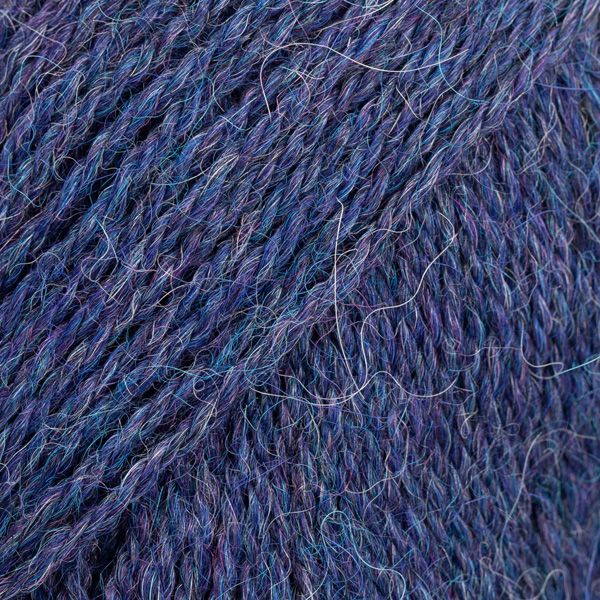
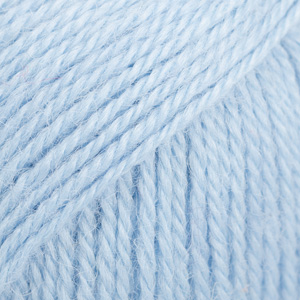
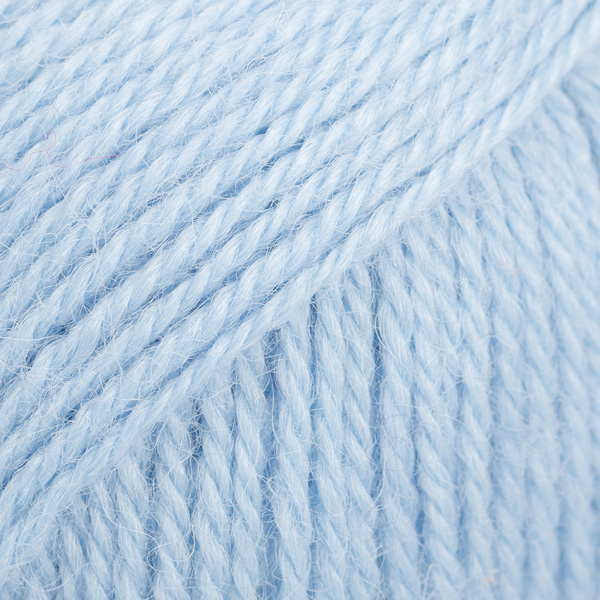

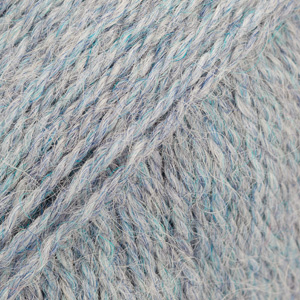
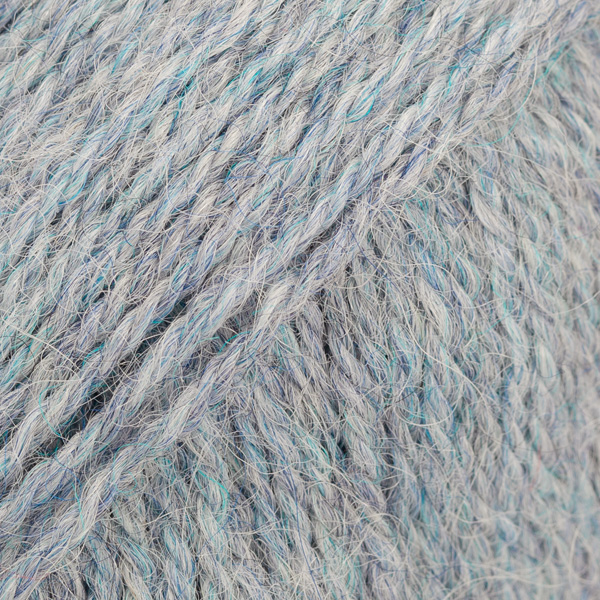
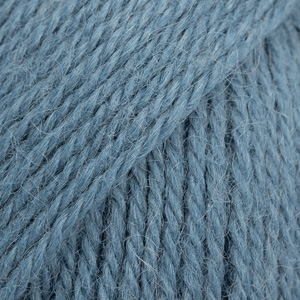
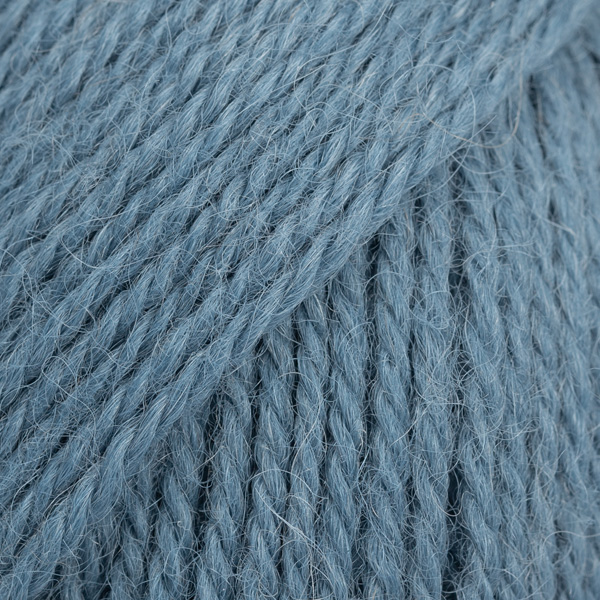

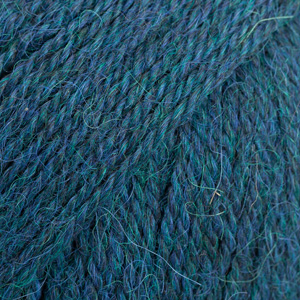
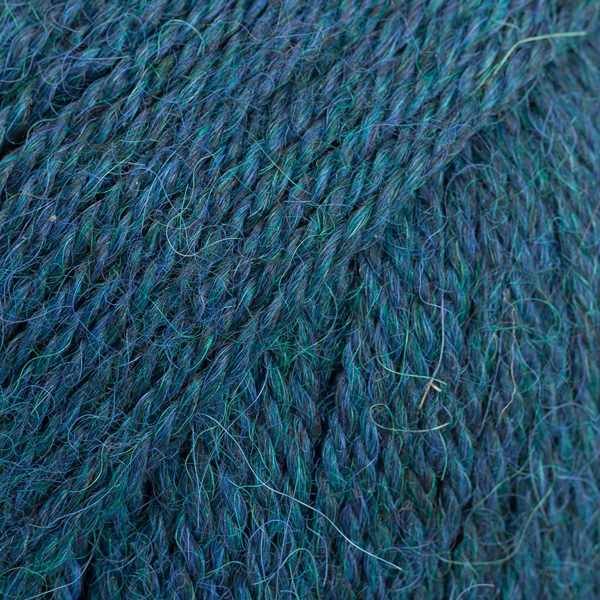
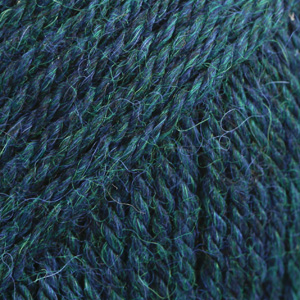

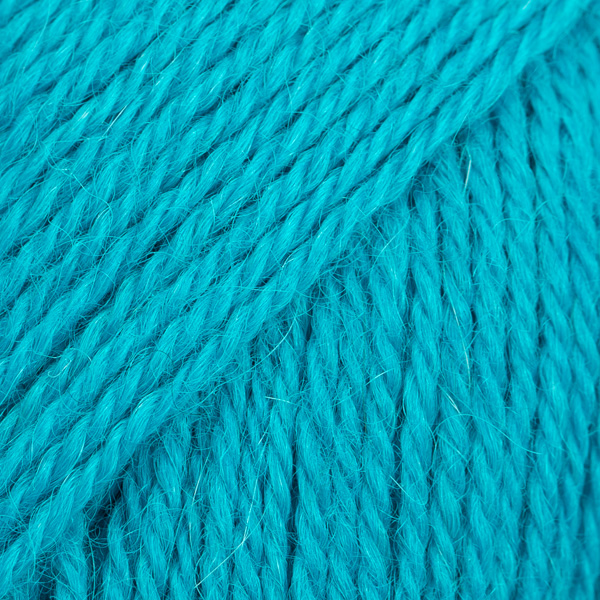
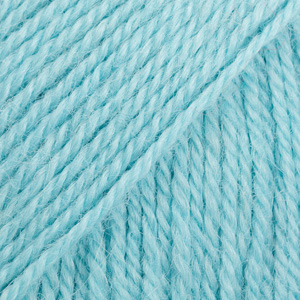

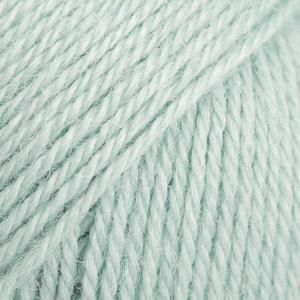
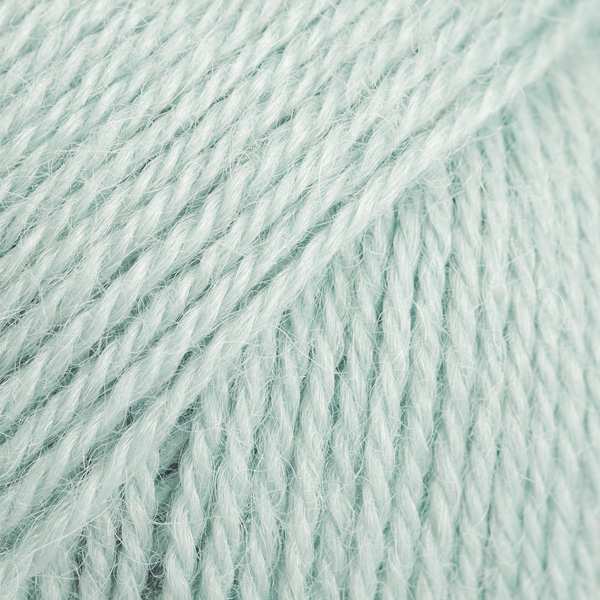
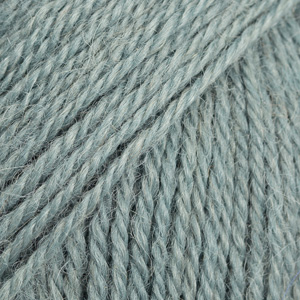
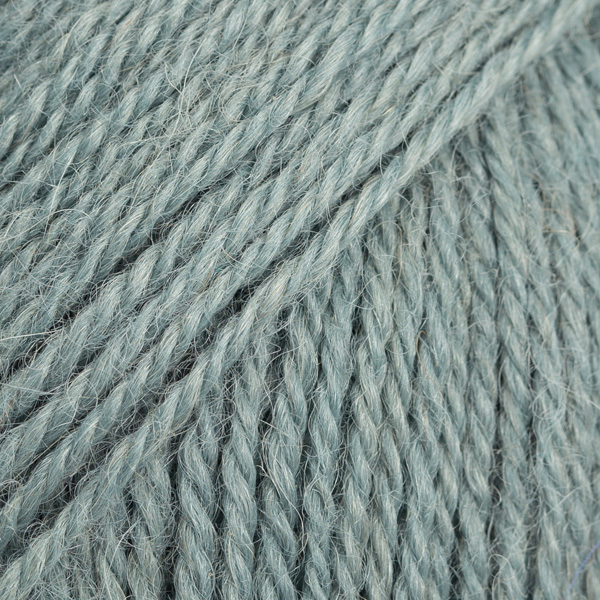
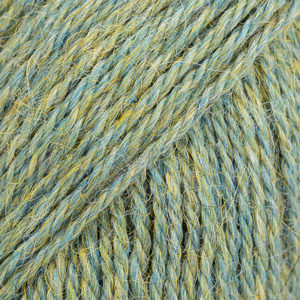
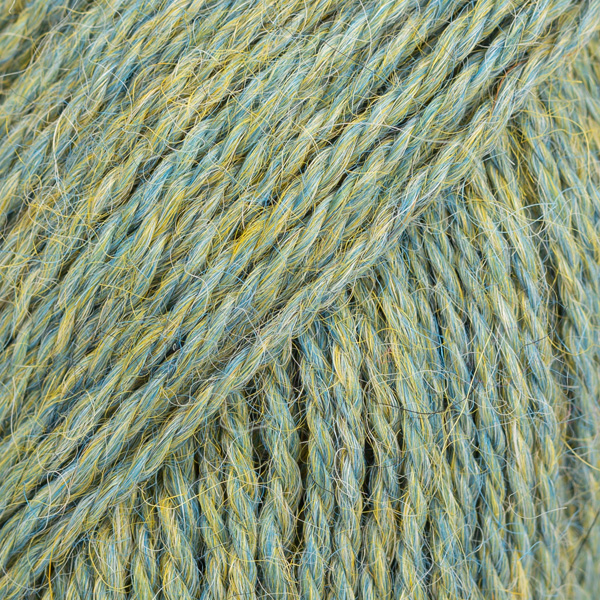
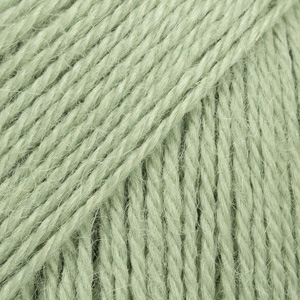
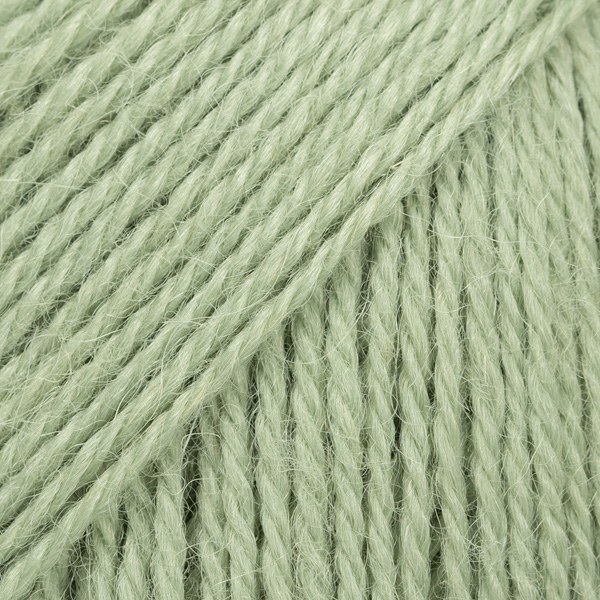
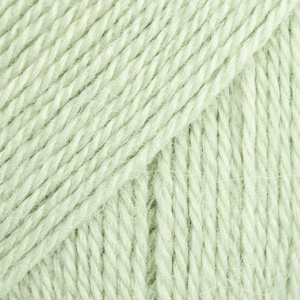
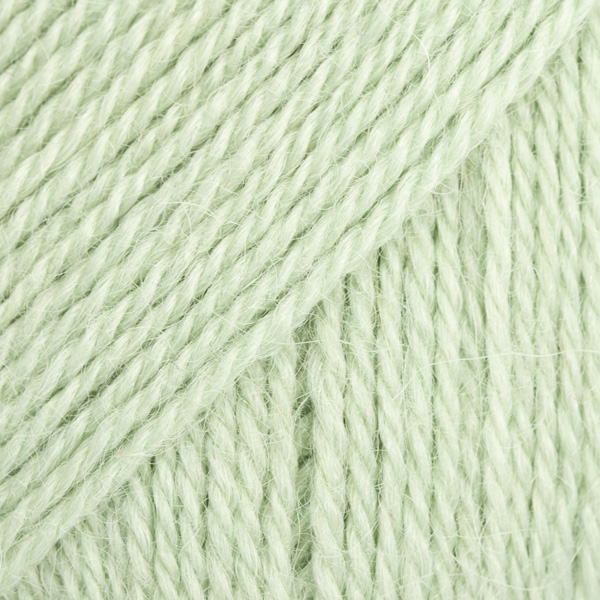










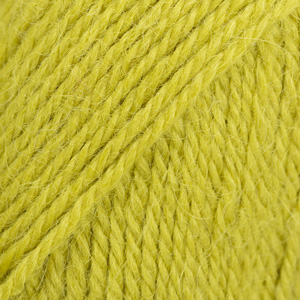
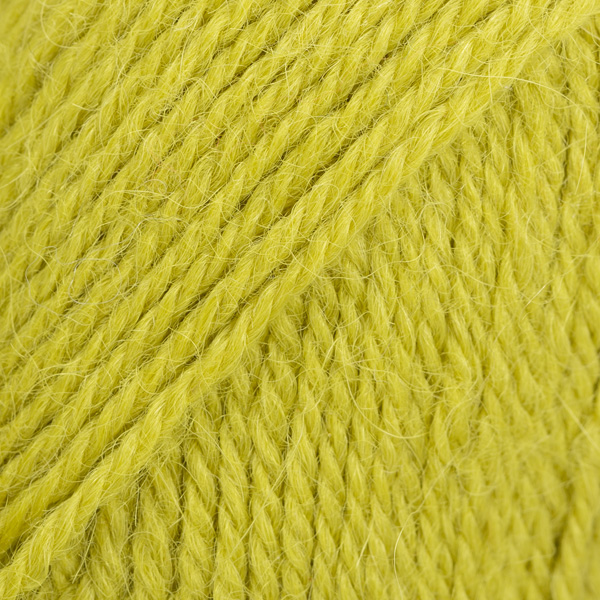



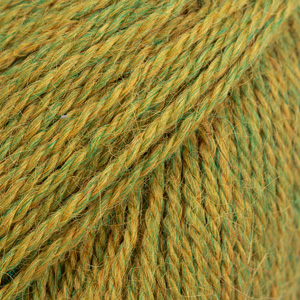
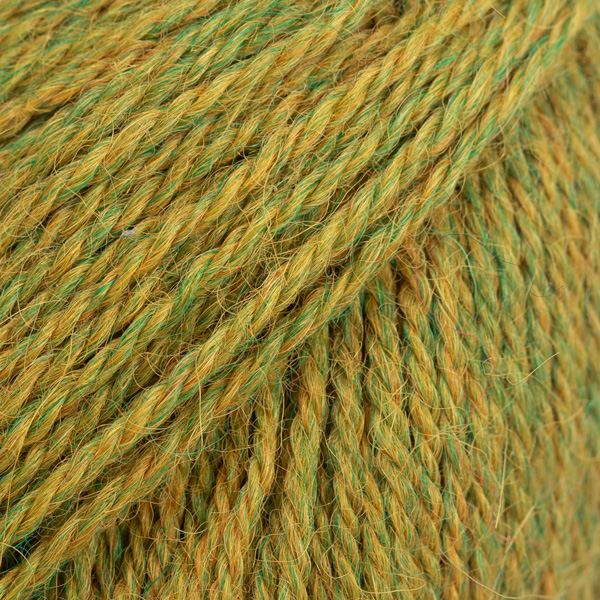
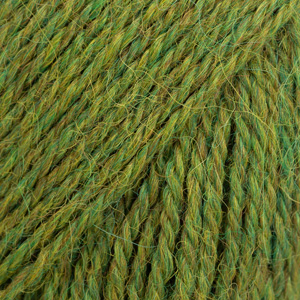
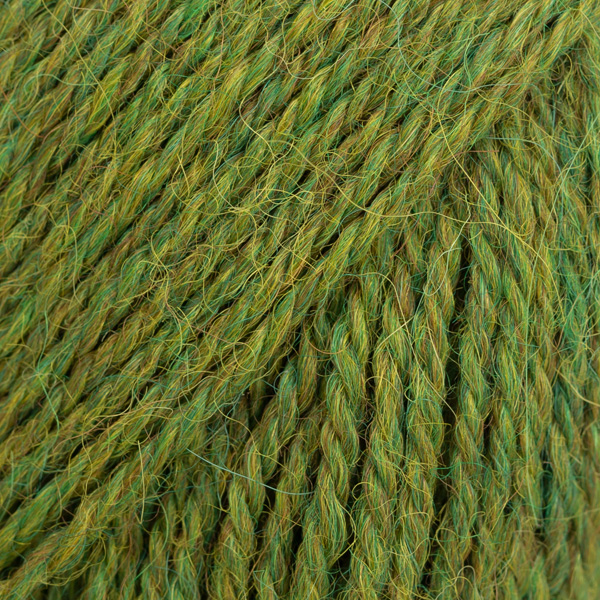



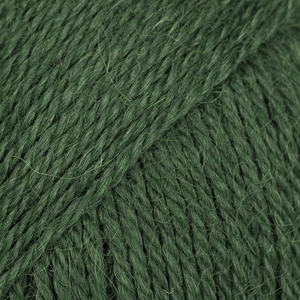
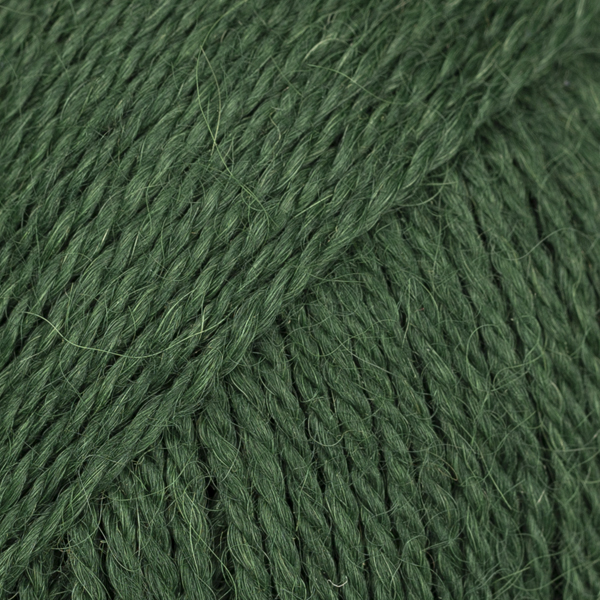



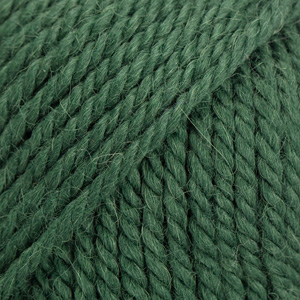


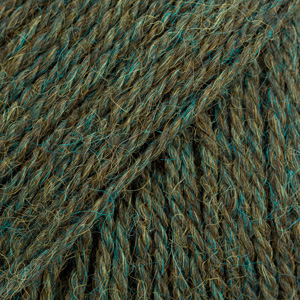
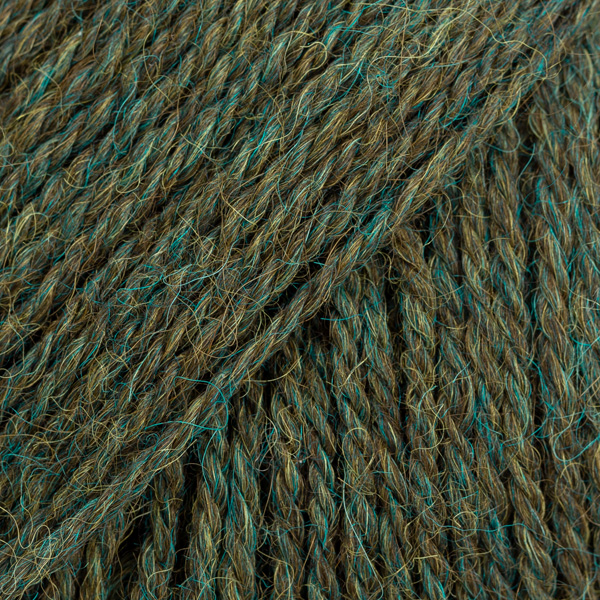
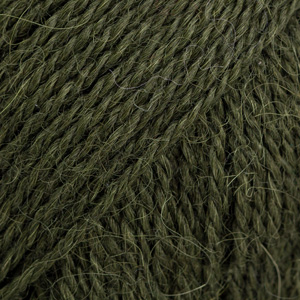
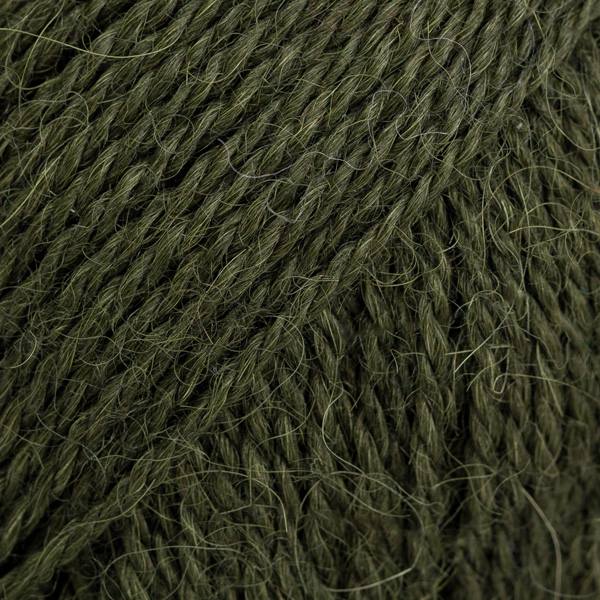


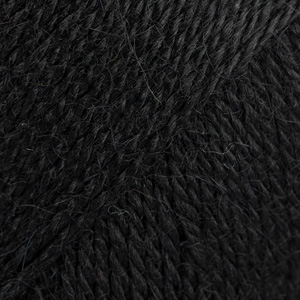
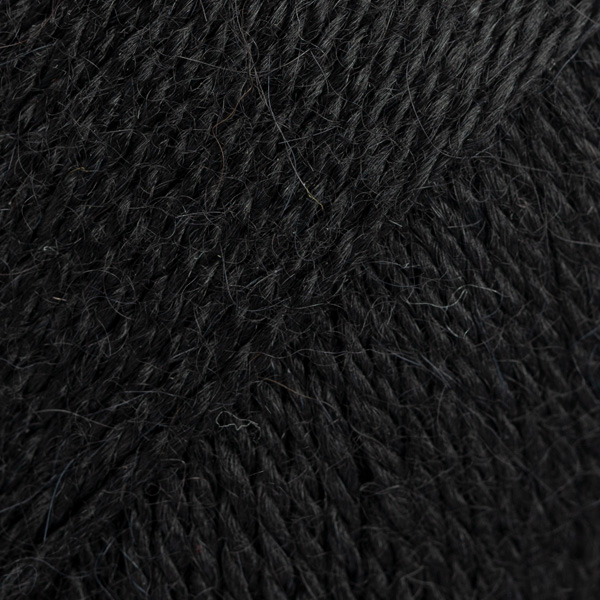

















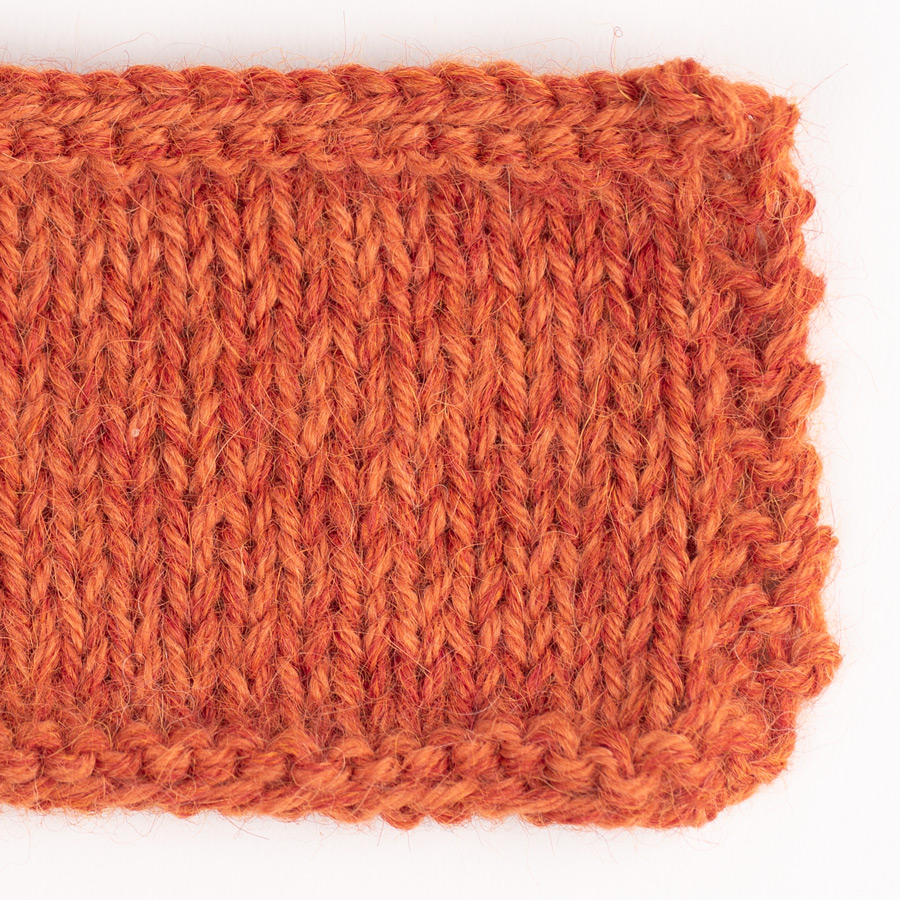
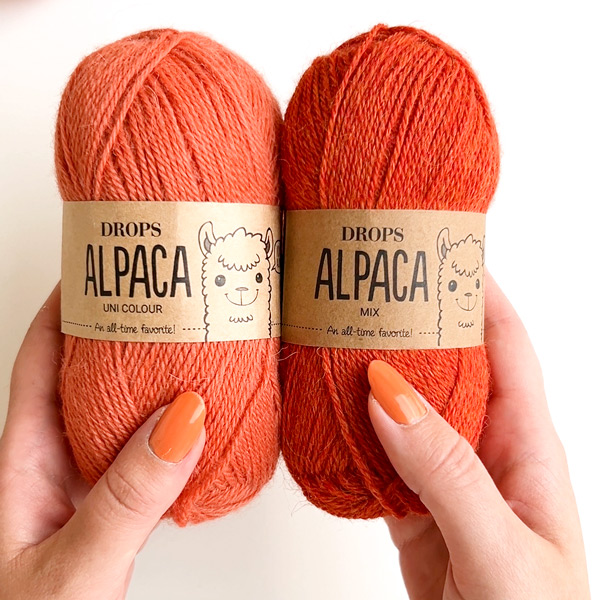
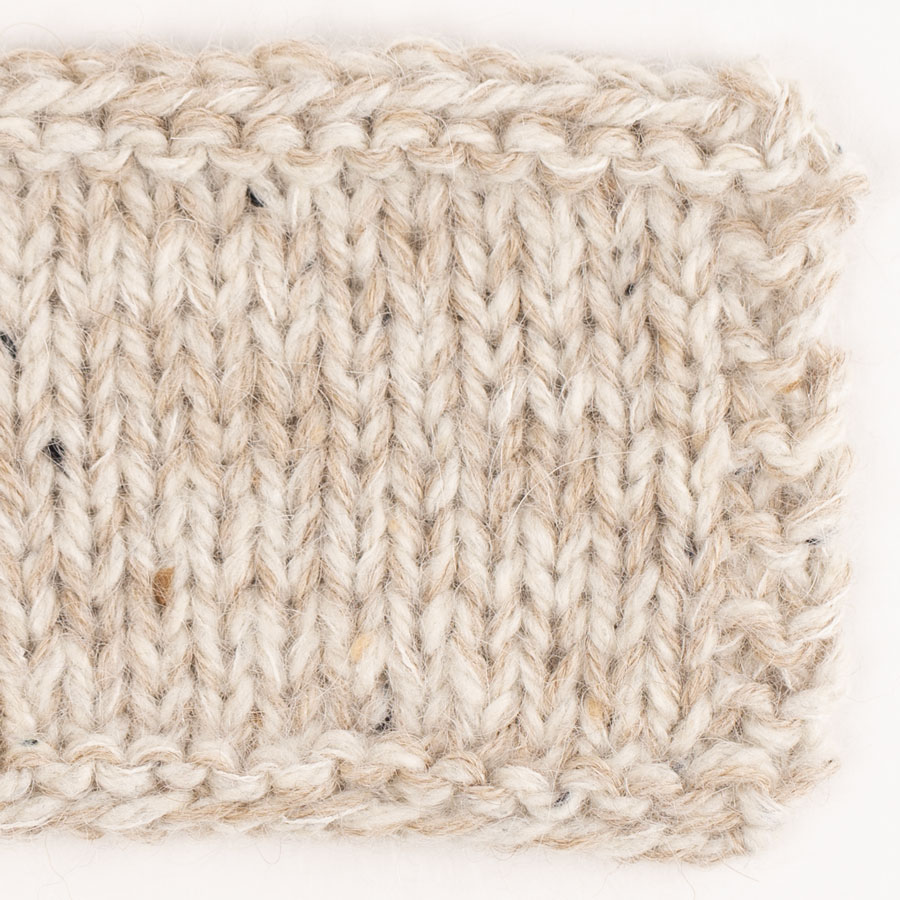
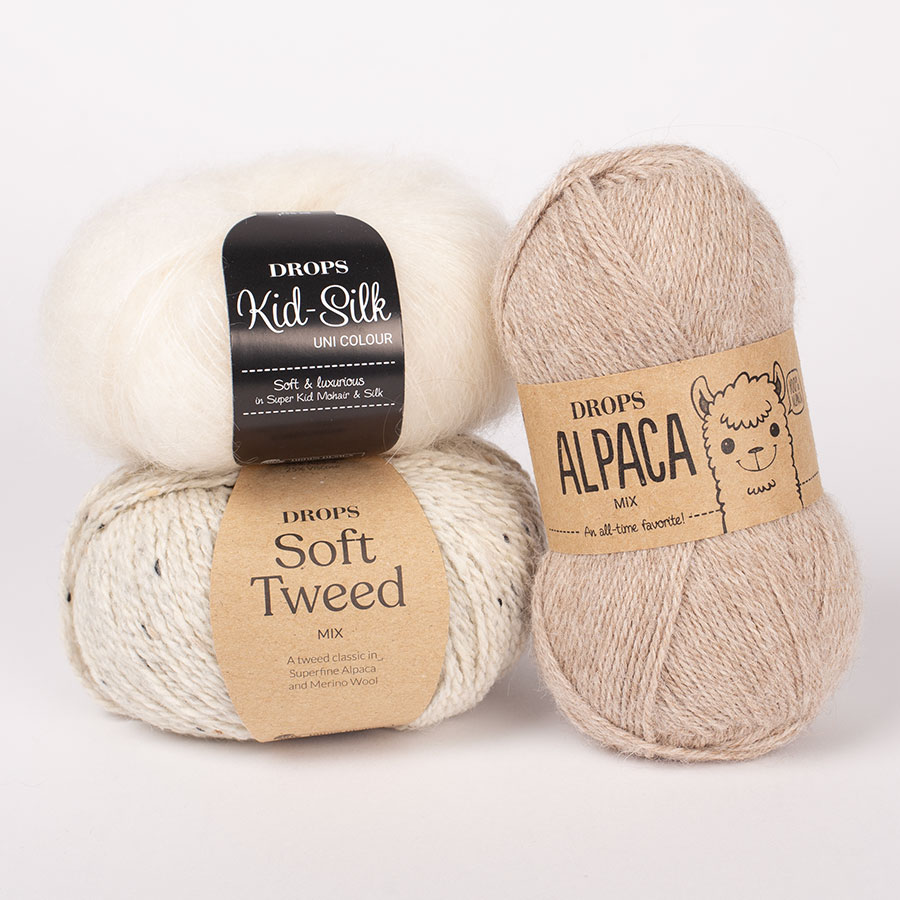
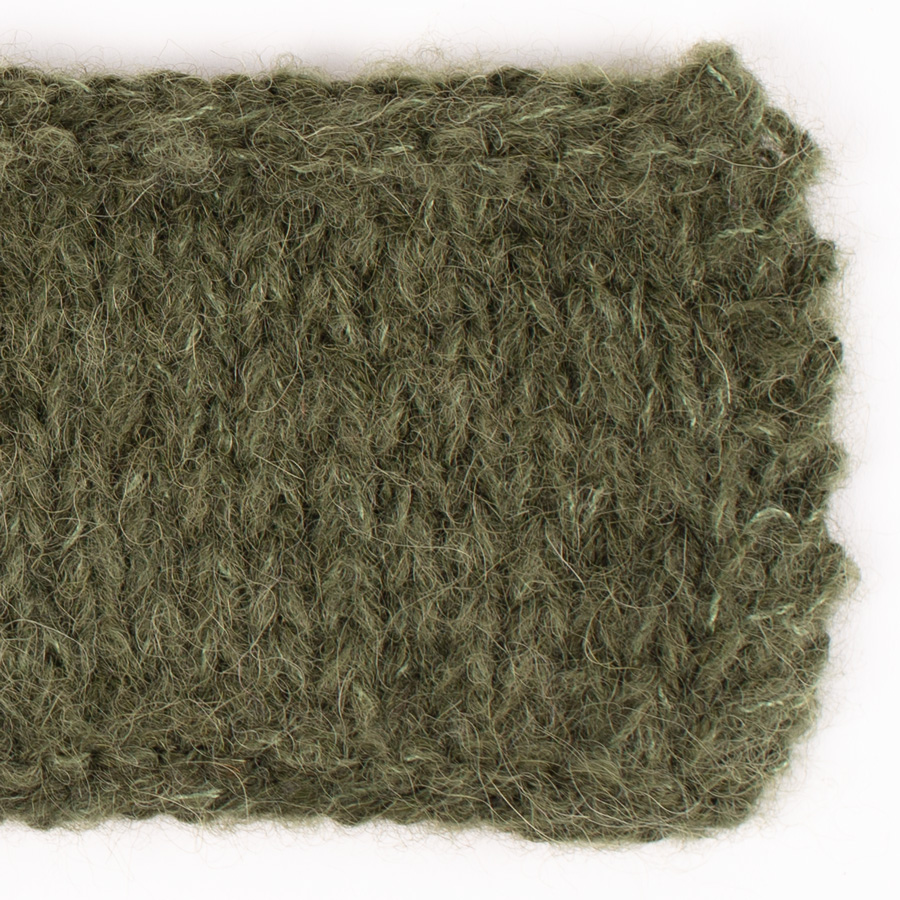
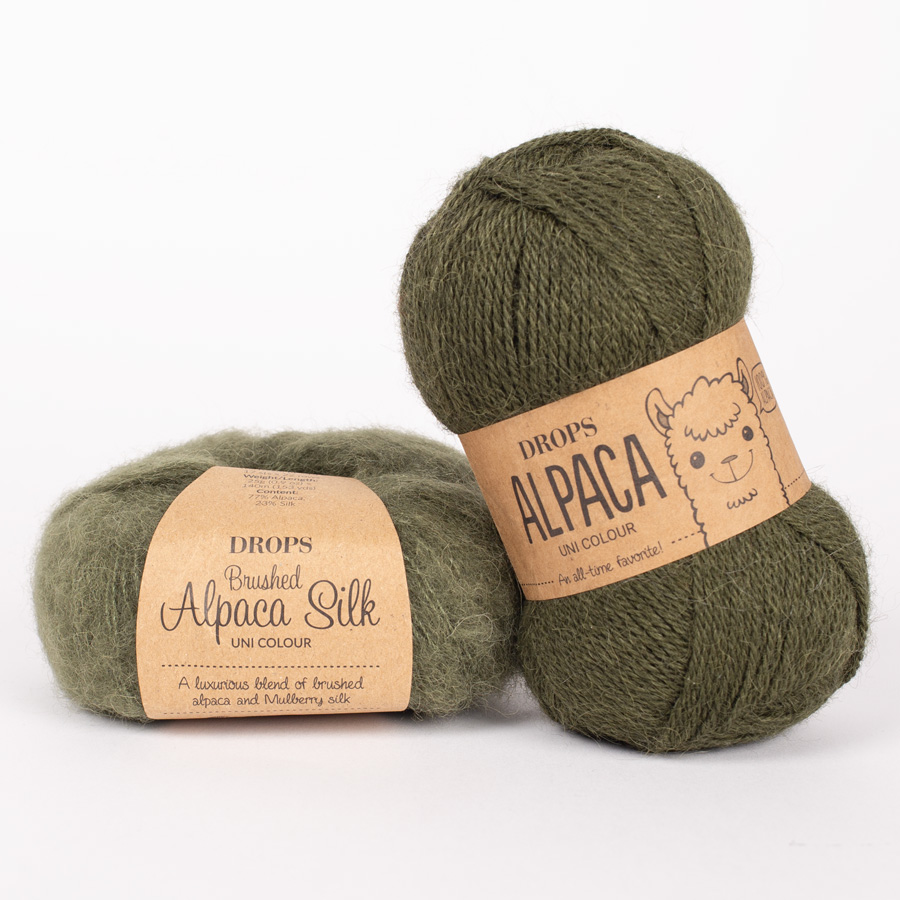
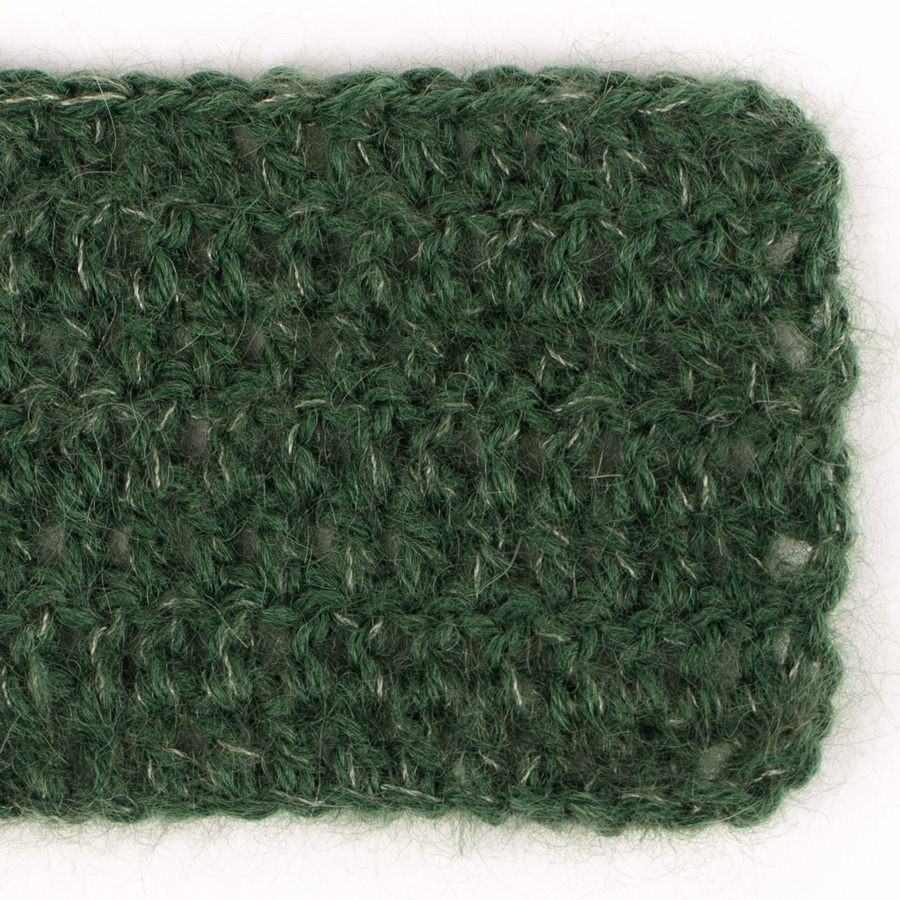

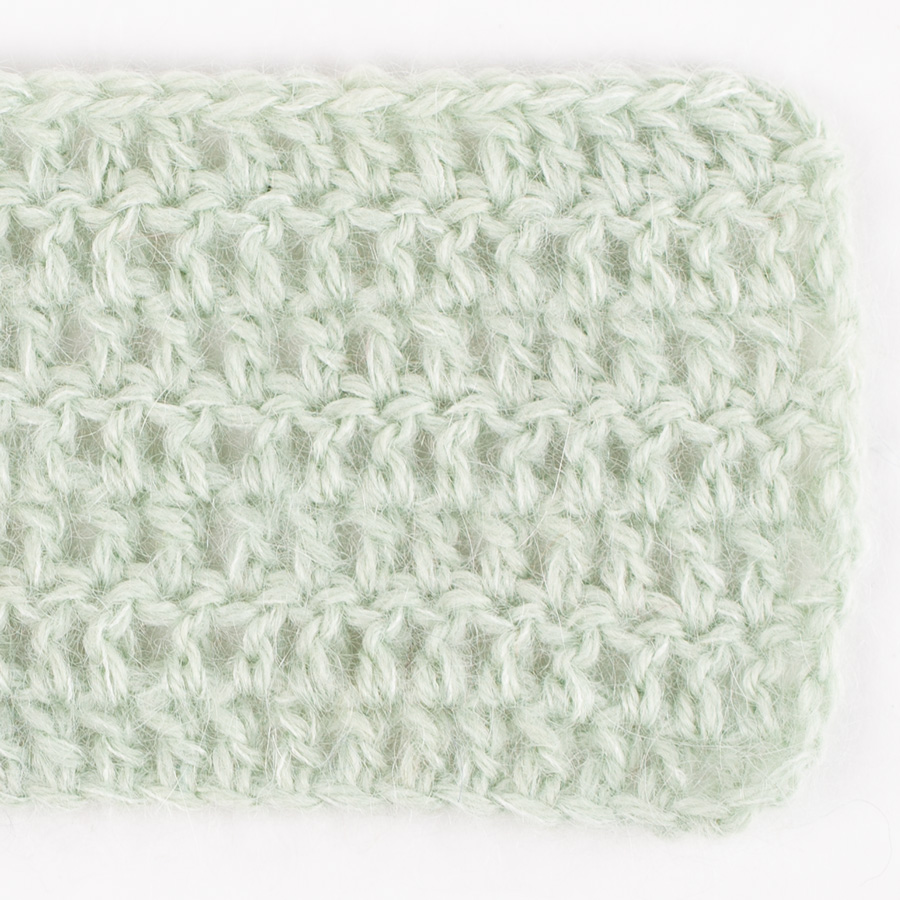

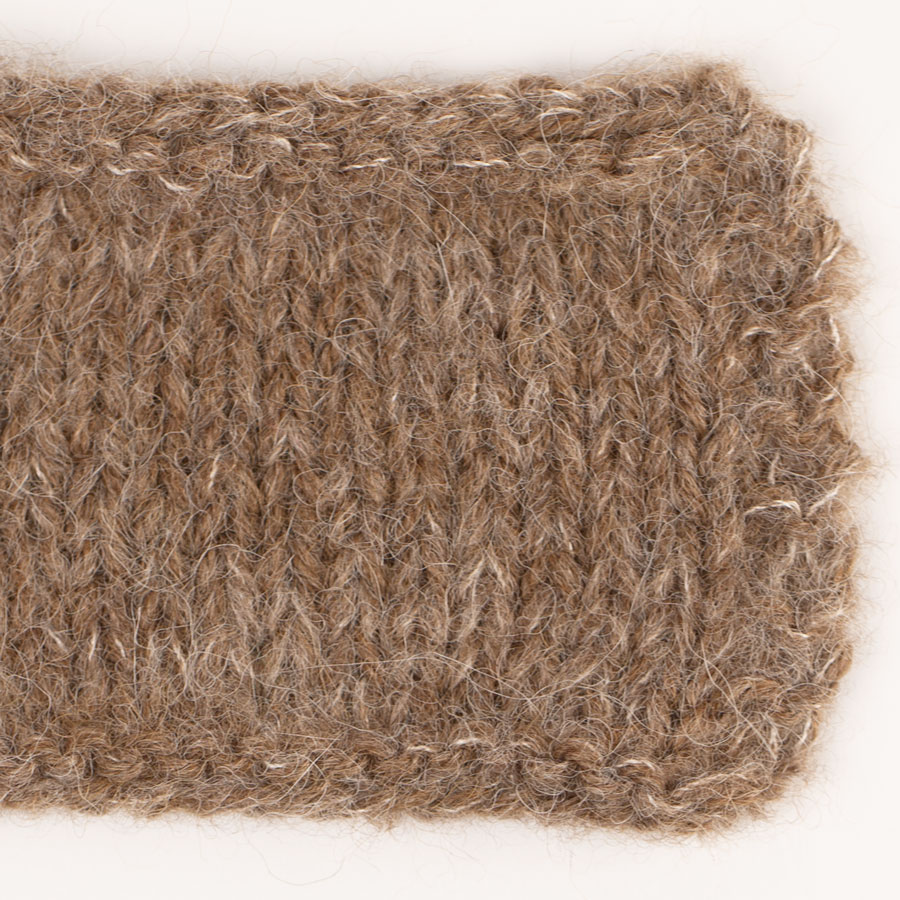
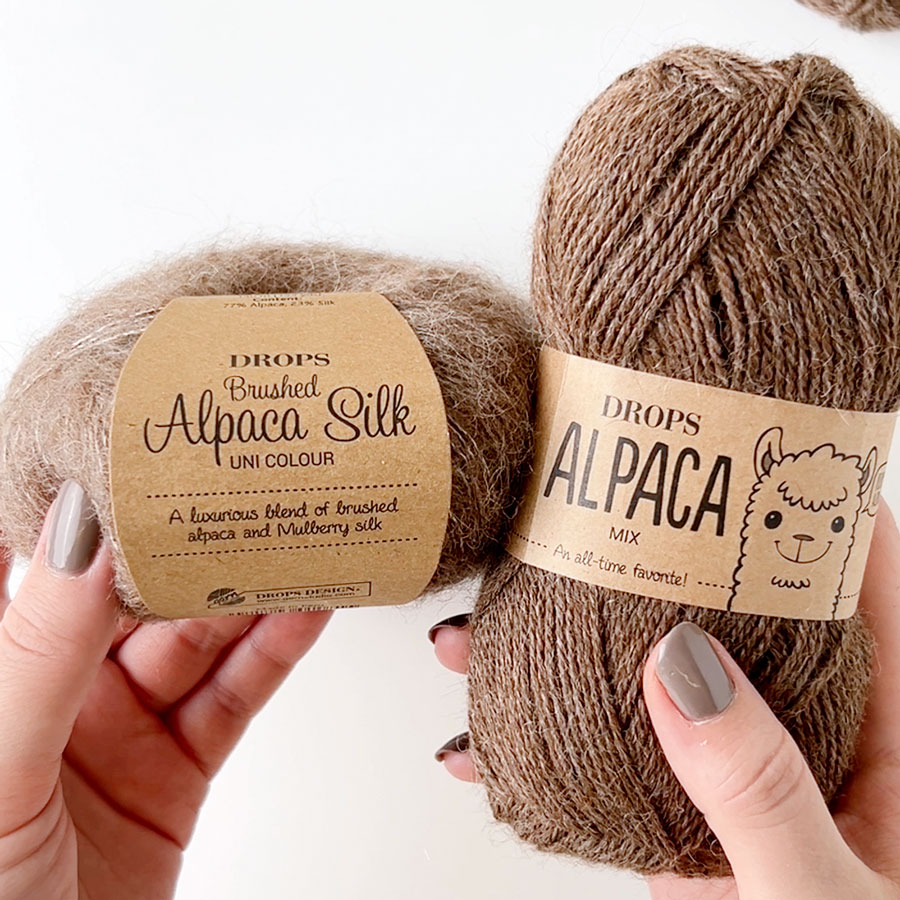

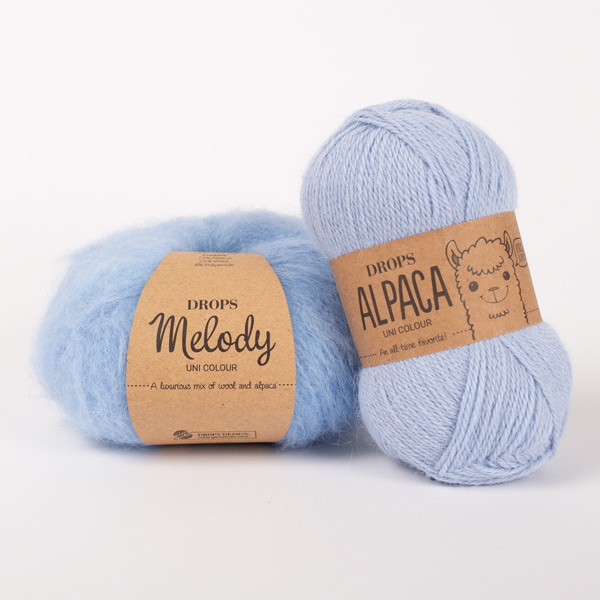

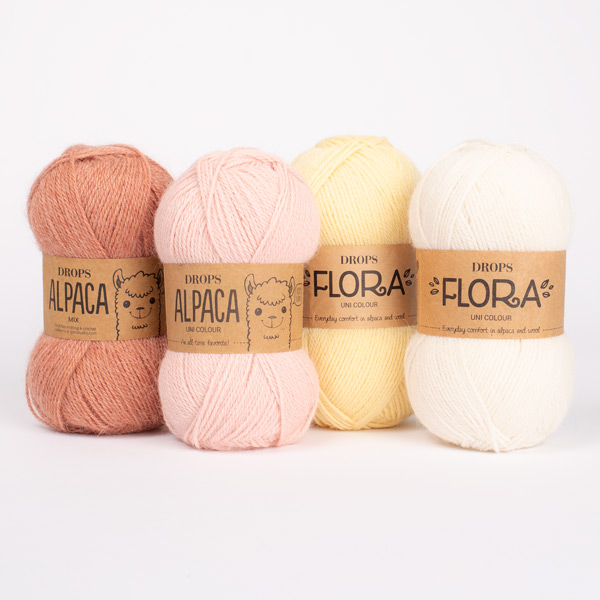
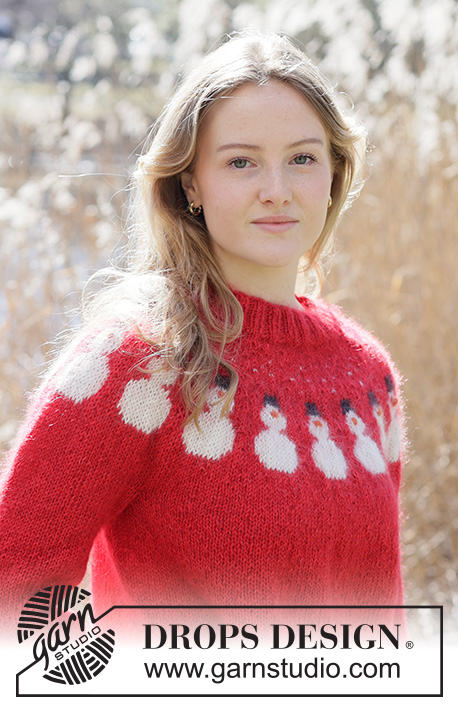







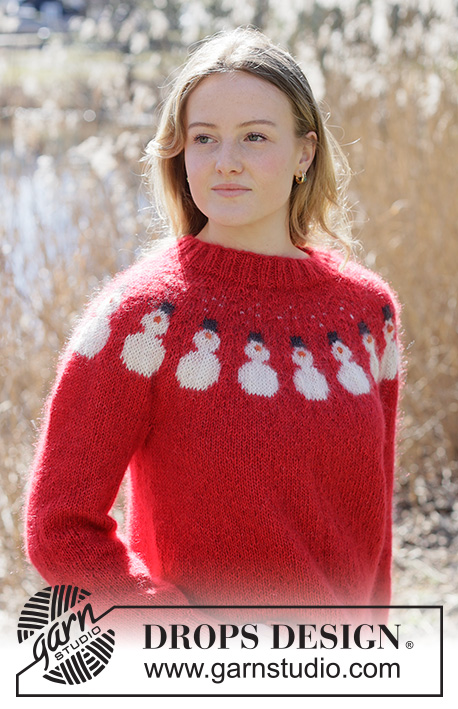

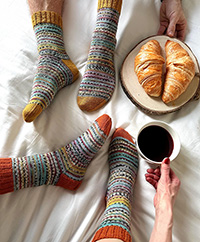
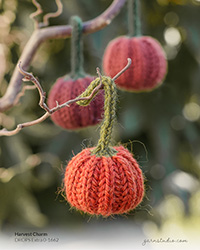



Hello! I absolutely love this yarn and I have been meaning to buy it for some time. I do have a question about it though, I want to know about the animal treatment for it. By any chance does the company have a video about that? Do you have a ethical code? Thank your for answering me as soon as possible…
27.09.2021 - 14:27